Order Anura - Frogs
White-lipped Tree Frog from Daintree Australia
A frog is any member of a diverse and largely carnivorous group of short-bodied, tailless amphibians composing the order Anura. The oldest fossil "proto-frog" Triadobatrachus is known from the Early Triassic of Madagascar, but molecular clock dating suggests their split from other amphibians may extend further back to the Permian, 265 million years ago. Frogs are widely distributed, ranging from the tropics to subarctic regions, but the greatest concentration of species diversity is in tropical rainforest. Frogs account for around 88% of extant amphibian species. They are also one of the five most diverse vertebrate orders. Warty frog species tend to be called toads, but the distinction between frogs and toads is informal, not from taxonomy or evolutionary history.
An adult frog has a stout body, protruding eyes, anteriorly-attached tongue, limbs folded underneath, and no tail (the tail of tailed frogs is an extension of the male cloaca). Frogs have glandular skin, with secretions ranging from distasteful to toxic. Their skin varies in colour from well-camouflaged dappled brown, grey and green to vivid patterns of bright red or yellow and black to show toxicity and ward off predators. Adult frogs live in fresh water and on dry land; some species are adapted for living underground or in trees.
Frogs typically lay their eggs in water. The eggs hatch into aquatic larvae called tadpoles that have tails and internal gills. They have highly specialized rasping mouth parts suitable for herbivorous, omnivorous or planktivorous diets. The life cycle is completed when they metamorphose into adults. A few species deposit eggs on land or bypass the tadpole stage. Adult frogs generally have a carnivorous diet consisting of small invertebrates, but omnivorous species exist and a few feed on plant matter. Frog skin has a rich microbiome which is important to their health. Frogs are extremely efficient at converting what they eat into body mass. They are an important food source for predators and part of the food web dynamics of many of the world's ecosystems. The skin is semi-permeable, making them susceptible to dehydration, so they either live in moist places or have special adaptations to deal with dry habitats. Frogs produce a wide range of vocalizations, particularly in their breeding season, and exhibit many different kinds of complex behaviors to attract mates, to fend off predators and to generally survive.
The images that follow are of species I have seen over time in the field. Most are unidentified or tentatively identified at best. Help in this endeavour would be greatly appreciated!
Southeast Asia

Painted Chorus Frog (Microhyla butleri) Baan Maka, Petchaburi Thailand












Dark-sided Chorus Frog (Microhyla heymonsi) Pha Nam Yod Waterfall


Microhyla mukhlesuri (Mukhlesur's Narrow-mouthed) Krung Ching Nakhon Si Thammarat







Kokarit Frog (Pelophylax lateralis) Pha Nam Yod Waterfall, Kaeng Krachan Thailand








Spot-legged Tree Frog (Polypedates megacephalus) Pha Nam Yod Waterfall, Kaeng Krachan







Вanded bullfrog (Kaloula pulchra) Many Locations Thailand






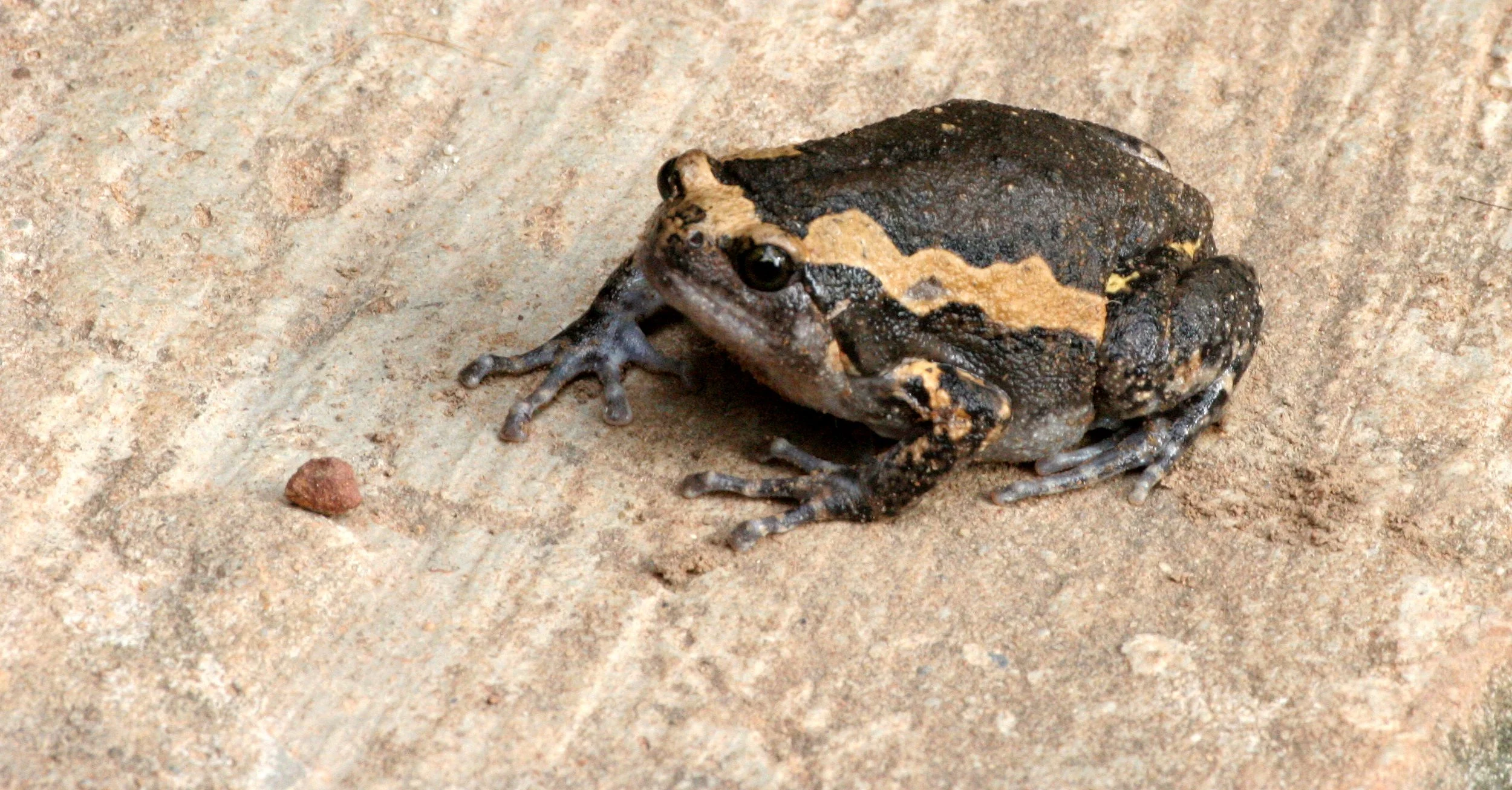



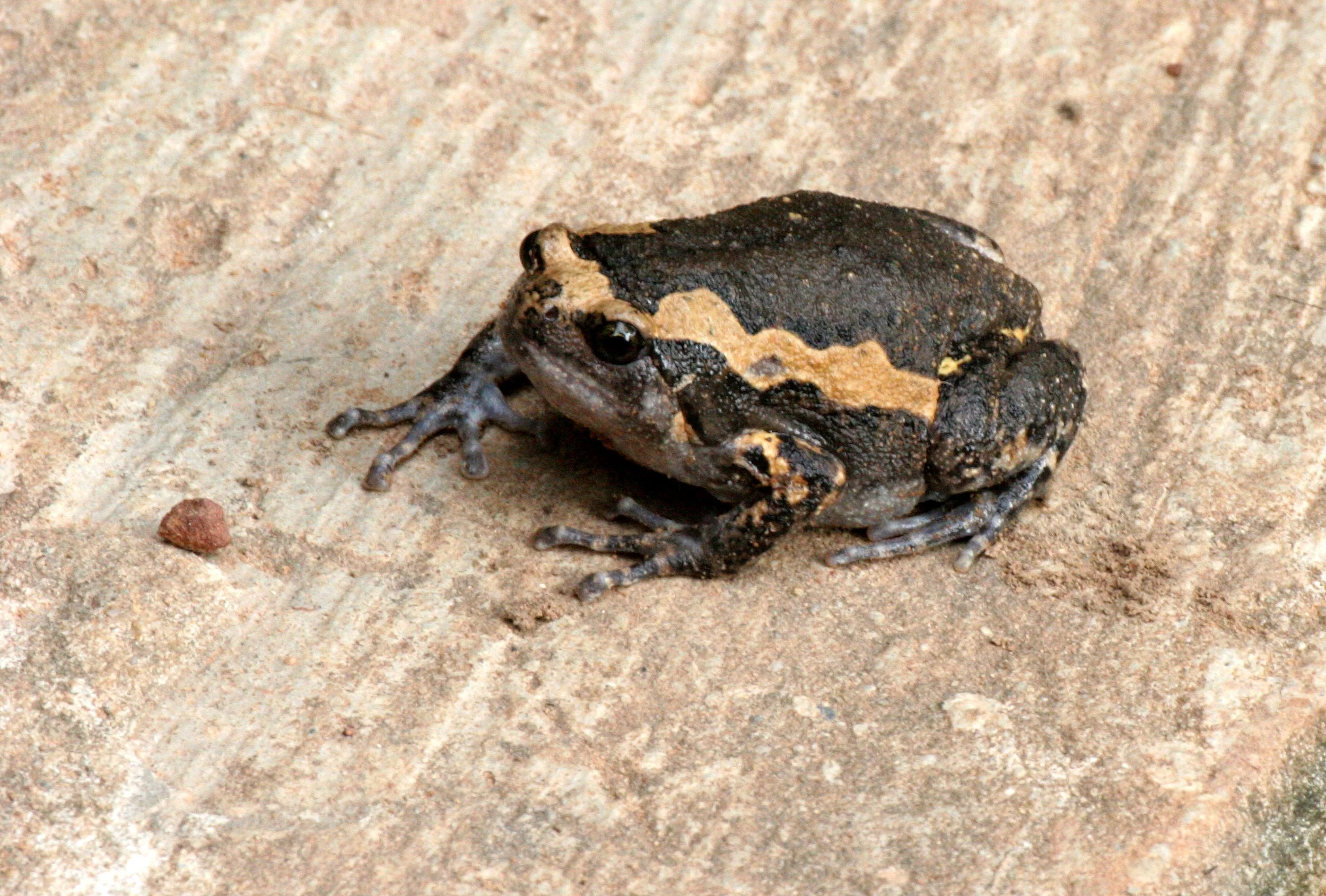
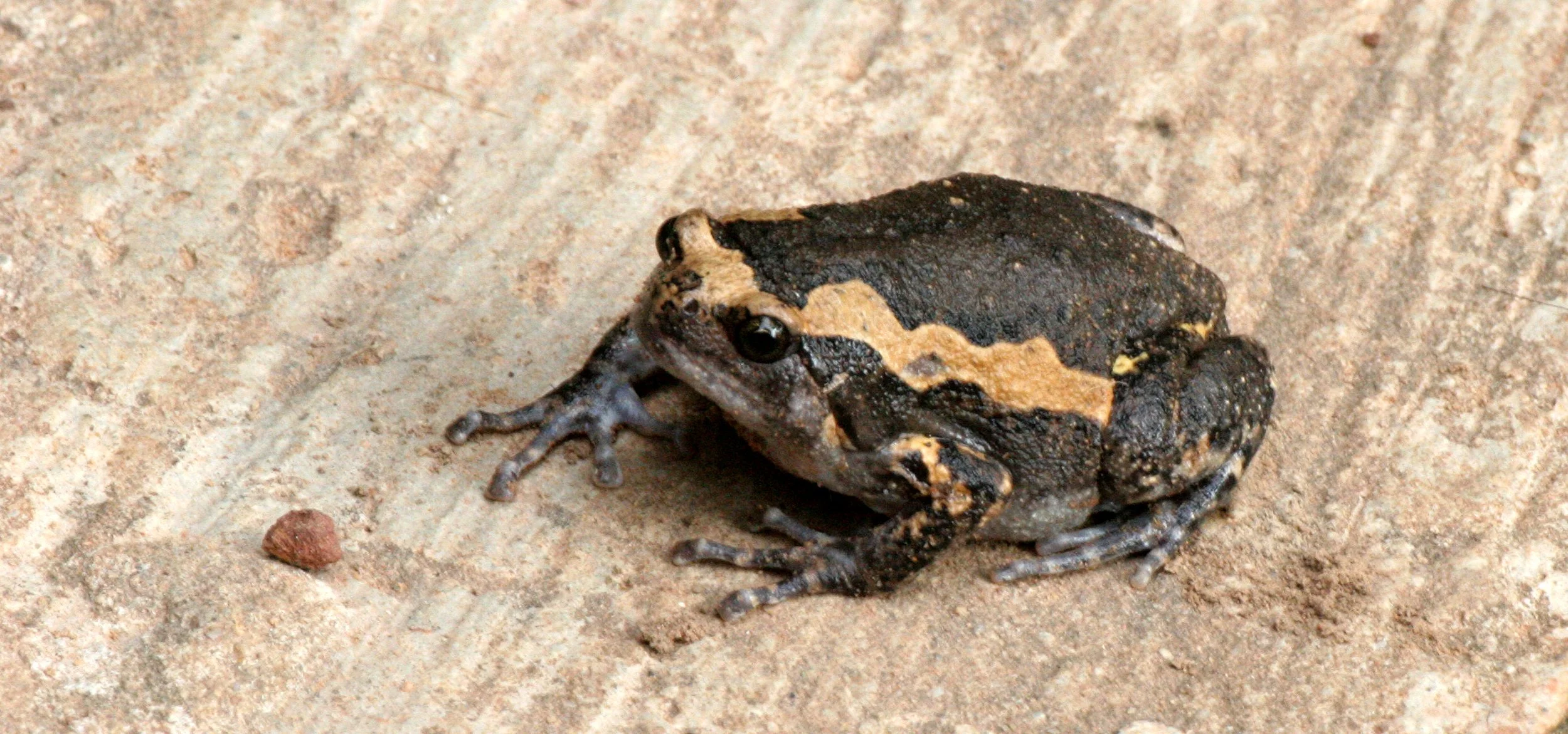



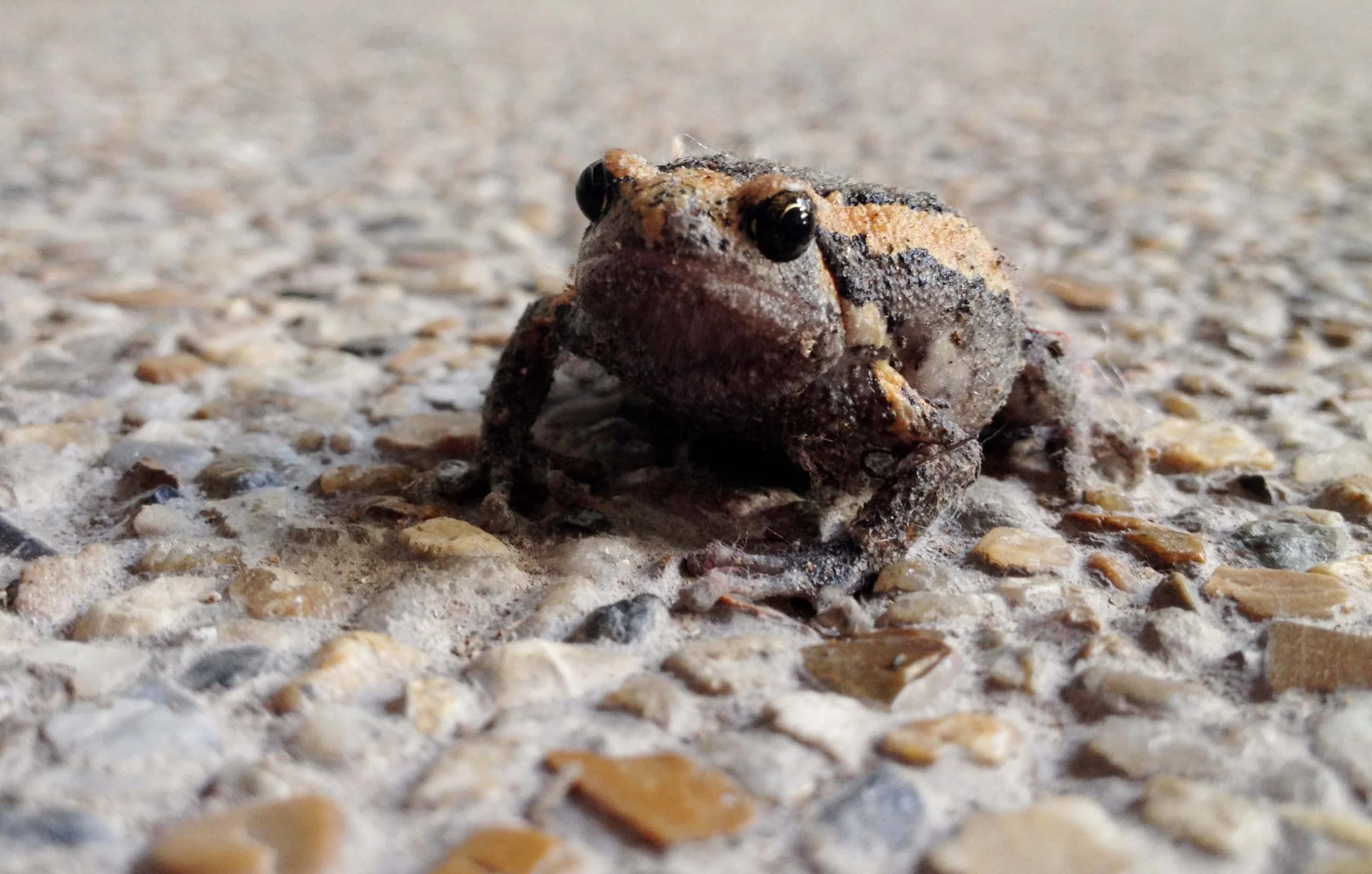


Kaloula pulchra - Asian Painted Frog - Koh Lanta, Thailand


Asian Black-spined Toad (Duttaphrynus melanostictus) Khao Yai Thailand








Burmese Bush Frog (Feihyla vittata) Pha Nam Yod Waterfall



Grass or Rice Field Frog (Fejervarya limnocharis) Pha Nam Yod Waterfall



Green Paddy Frog (Hylarana erythraea) Prawet, Bangkok Thailand







Unidentified Species 1 - Kaeng Krachan

Javan whipping frog (Polypedates leucomystax) Promluk, NST Thailand



Javan whipping frog (Polypedates leucomystax

Unidentified Species 3 - Khao Luang National Park NST, Thailand

Unidentified Species 4 - Nonthaburi Thailand

Javan whipping frog (Polypedates leucomystax) - Khao Sok, Thailand
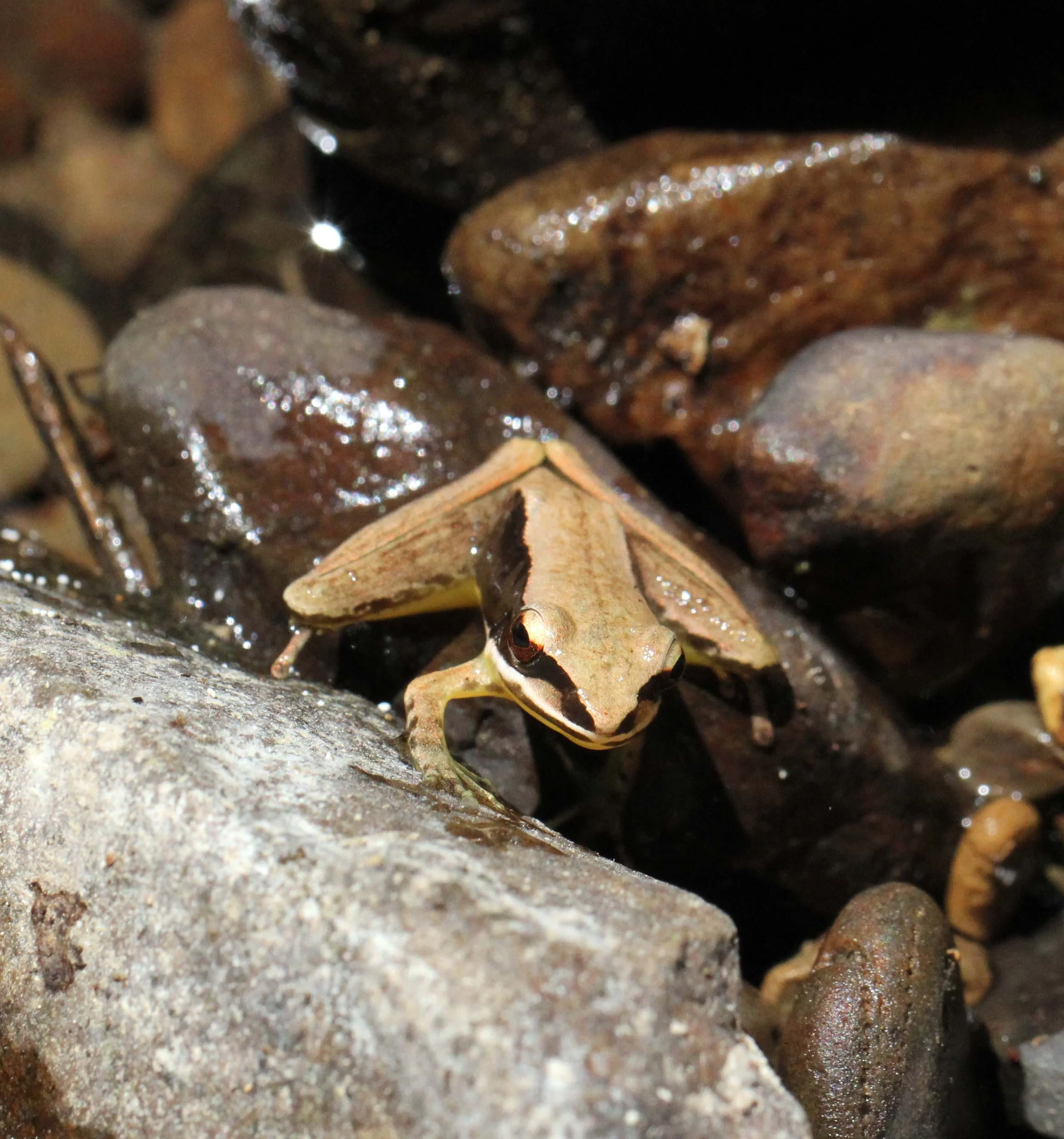





Unidentified Species 6 - Kaeng Krachan
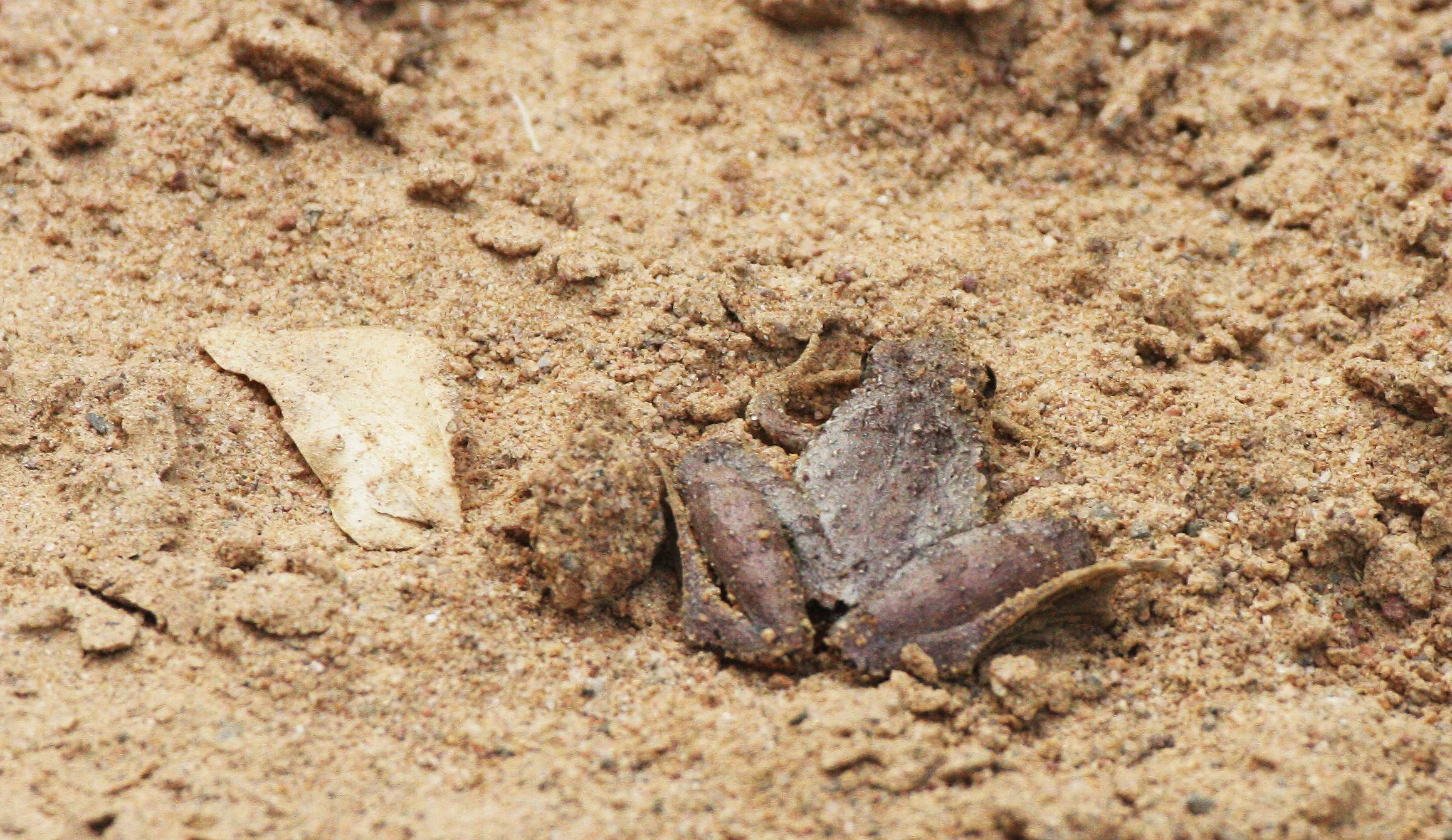

Unidentified Species 7 - Khao Yai, Thailand


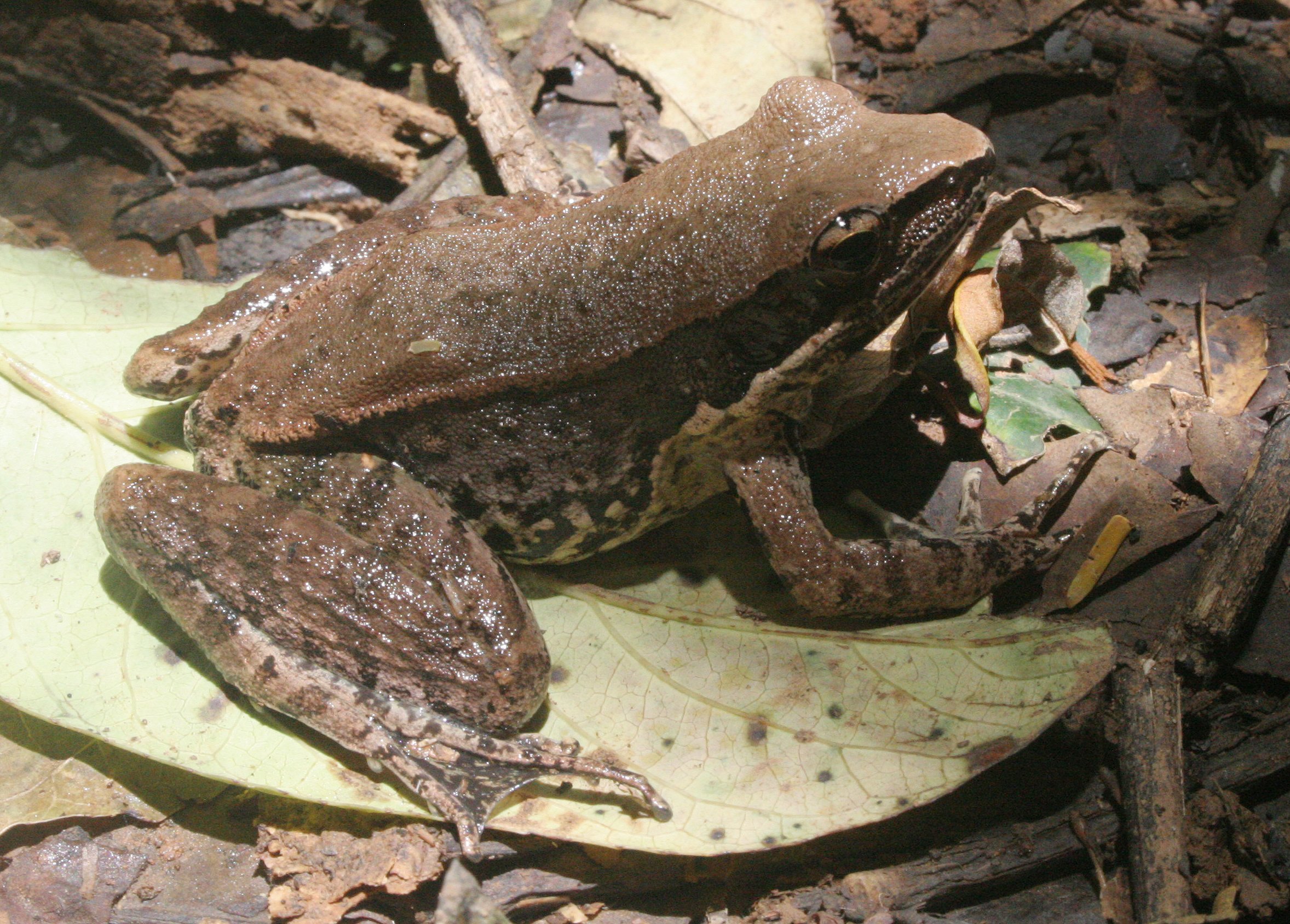
Unidentified Species 8 - Khao Yai NP, Thailand


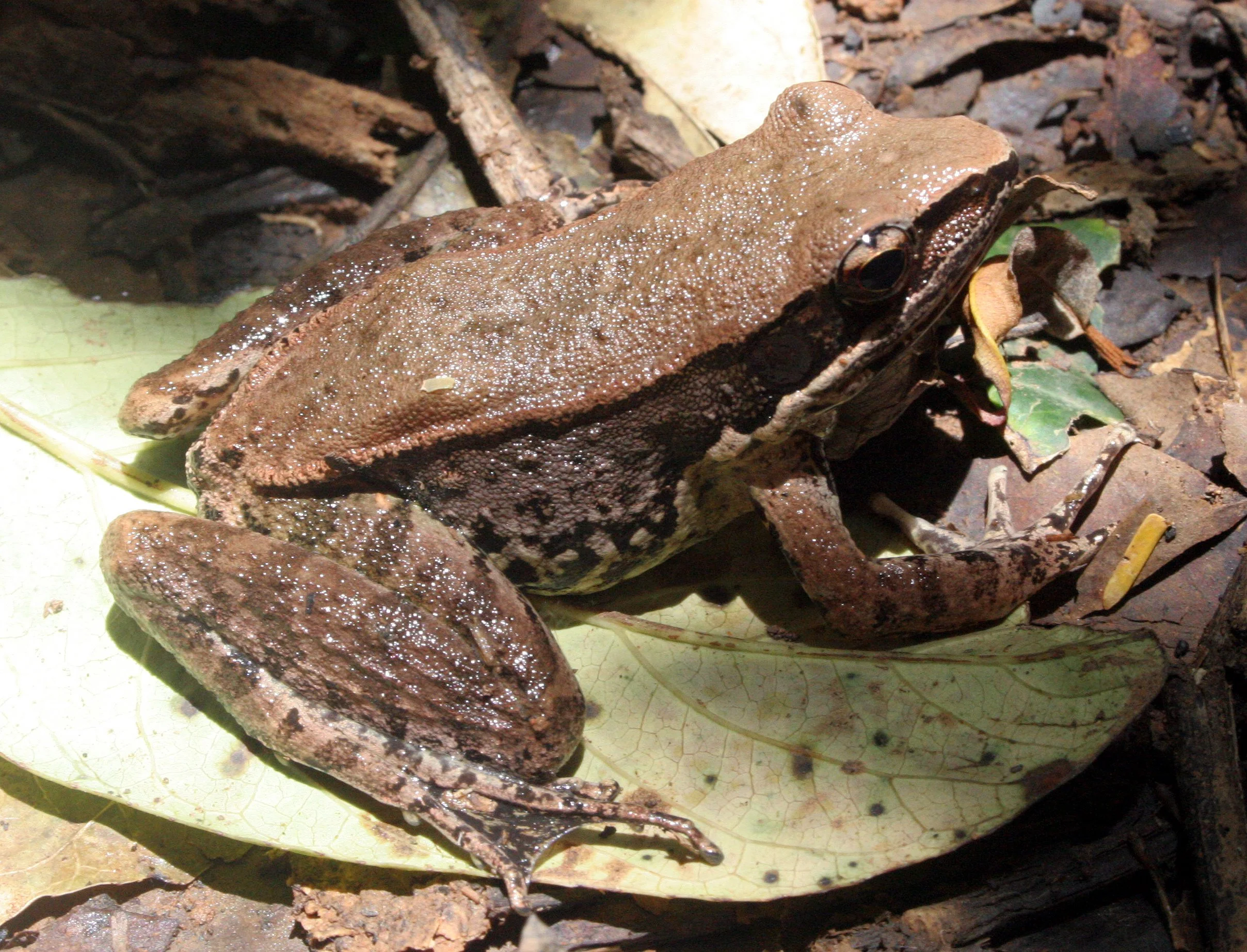






Unidentified Species 8 - Pang Sida NP, Thailand


Javan whipping frog (Polypedates leucomystax) - Pang Sida NP, Thailand







Unidentified Species 10 - Koh Lanta, Thailand





Unidentified Species 11 - Khao Yai NP, Thailand


Javan whipping frog (Polypedates leucomystax) - Bangkok Thailand


















Javan whipping frog (Polypedates leucomystax) - Bangkok Thailand










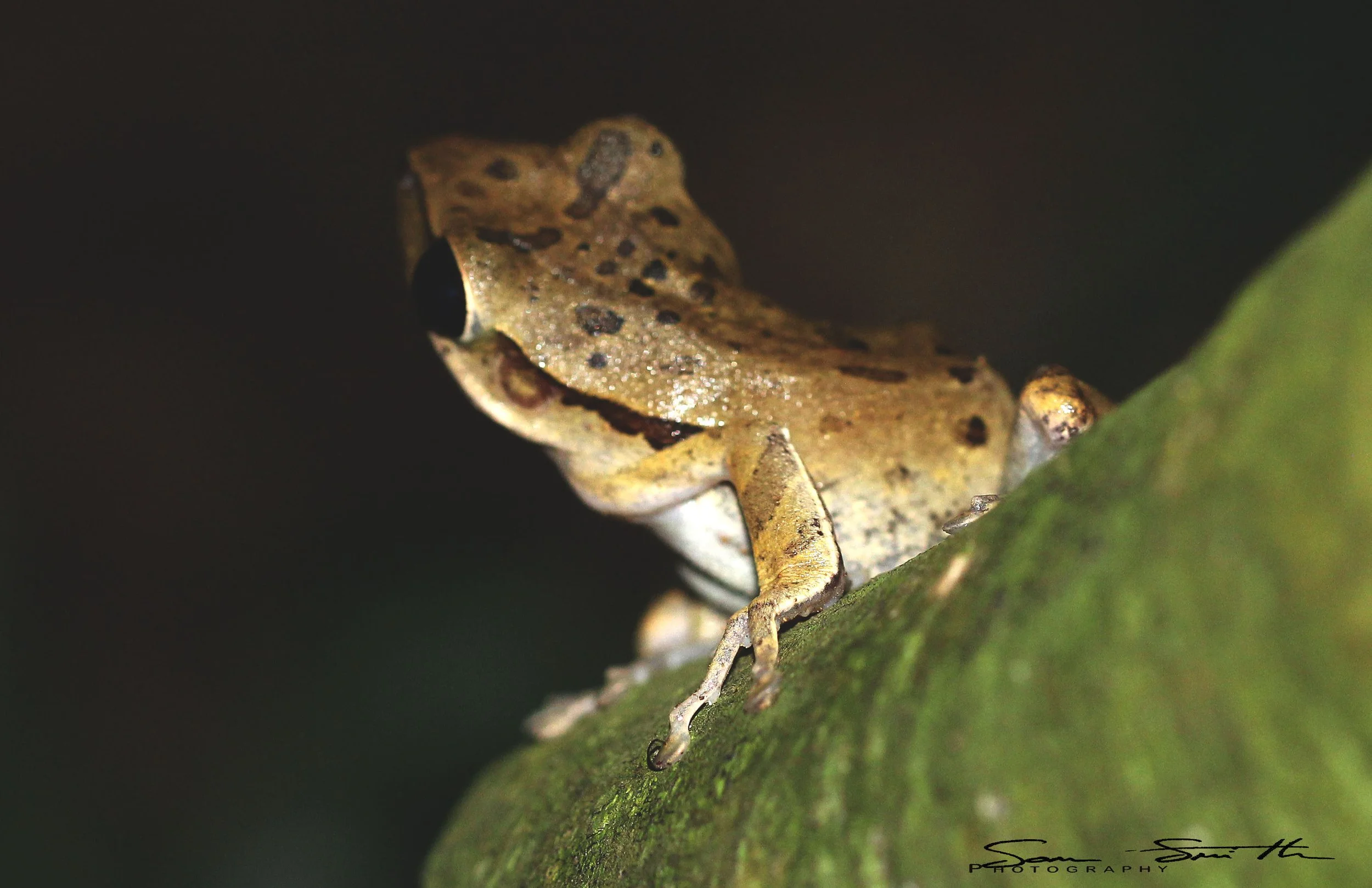
Unidentified Species 18 - Kaeng Krachan NP, Thailand






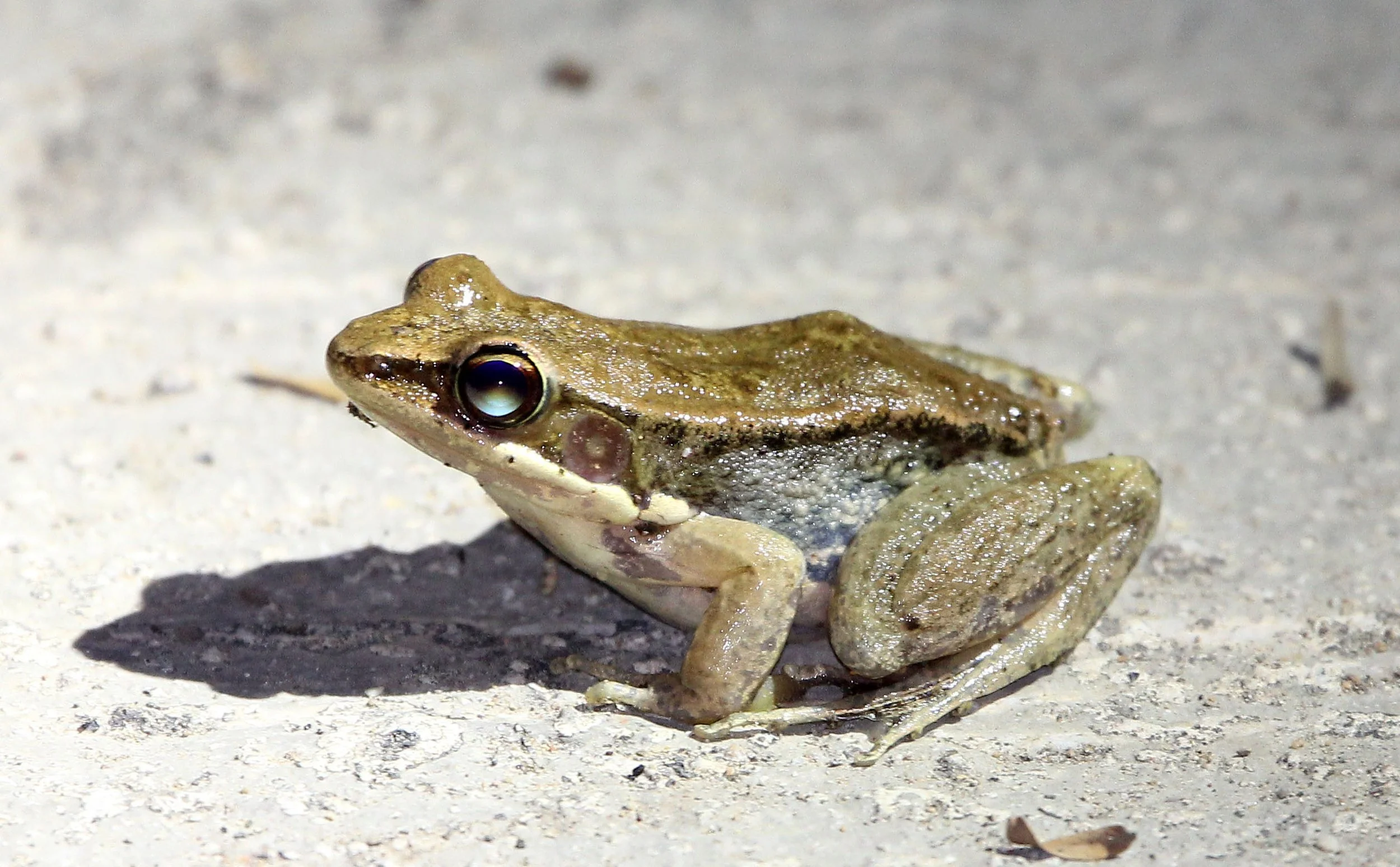
Unidentified Species 19 - Kaeng Krachan

Unidentified Species 21 - Nakhonsithammarat Thailand

Javan whipping frog (Polypedates leucomystax) - Nakhonsithammarat



Duttaphrynus melanostictus - Asian Common Toad - Koh Lanta, Thailand - Possible ID












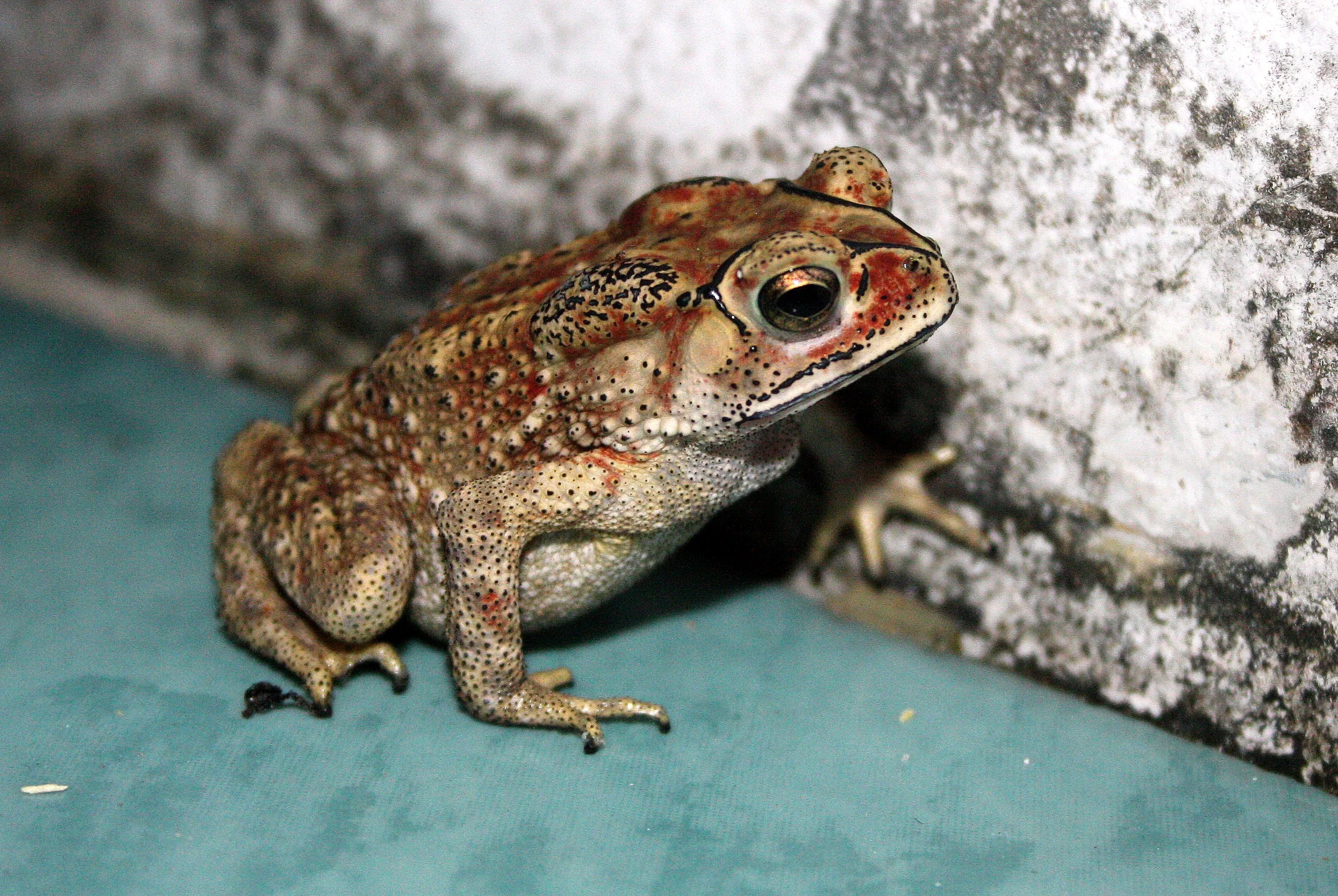
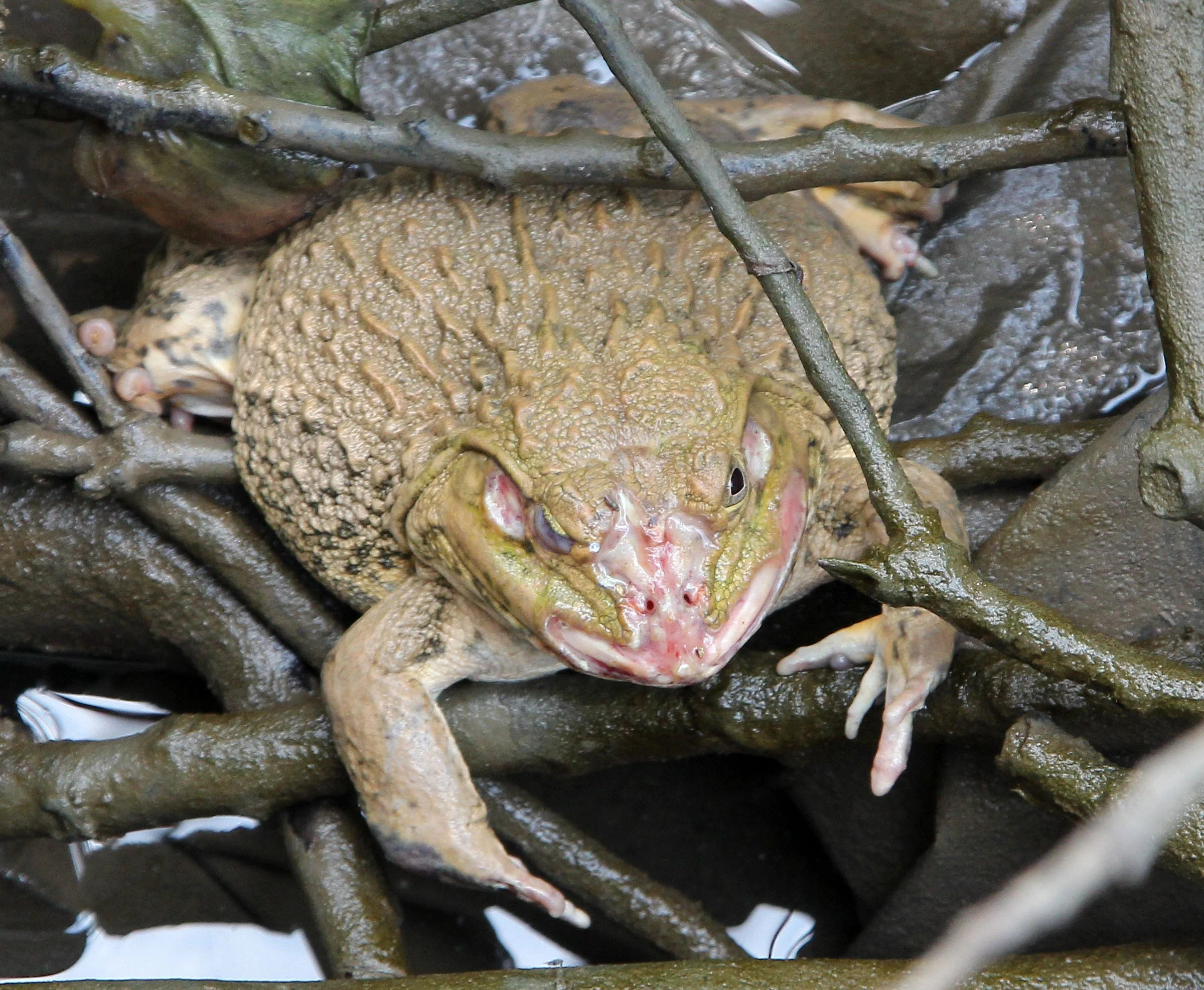
Unidentified Species 16 - Nonthaburi Thailand, Chao Praya River
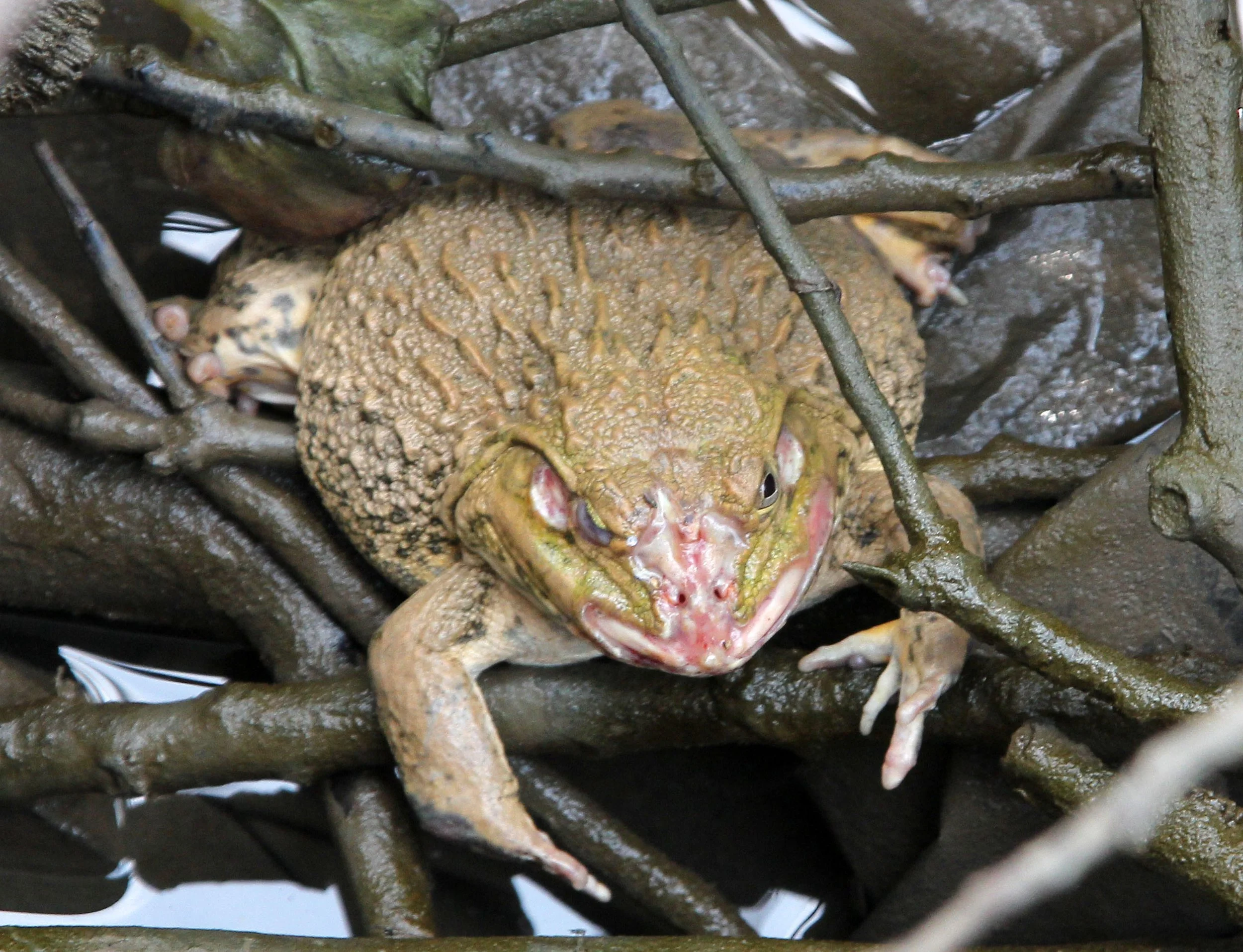
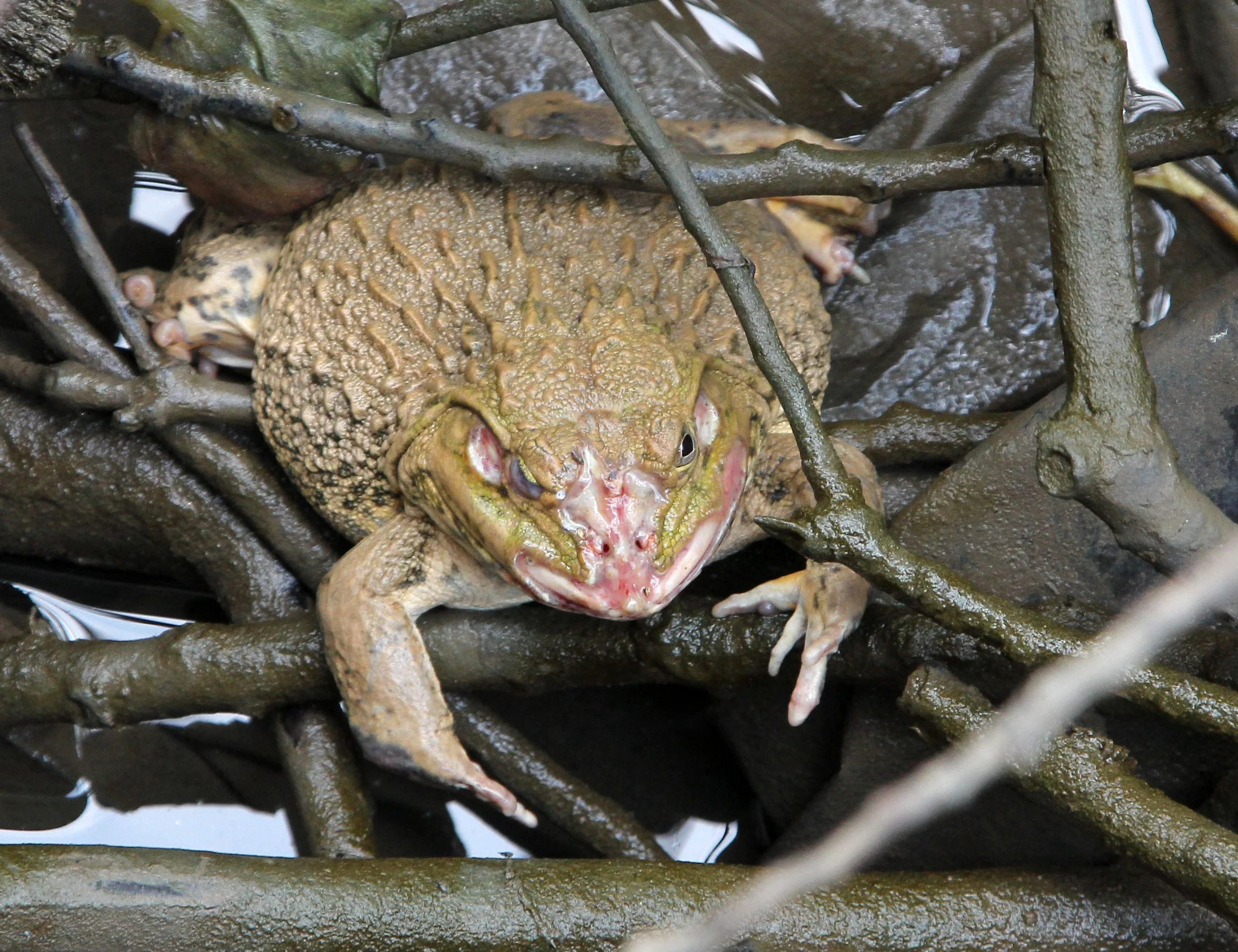
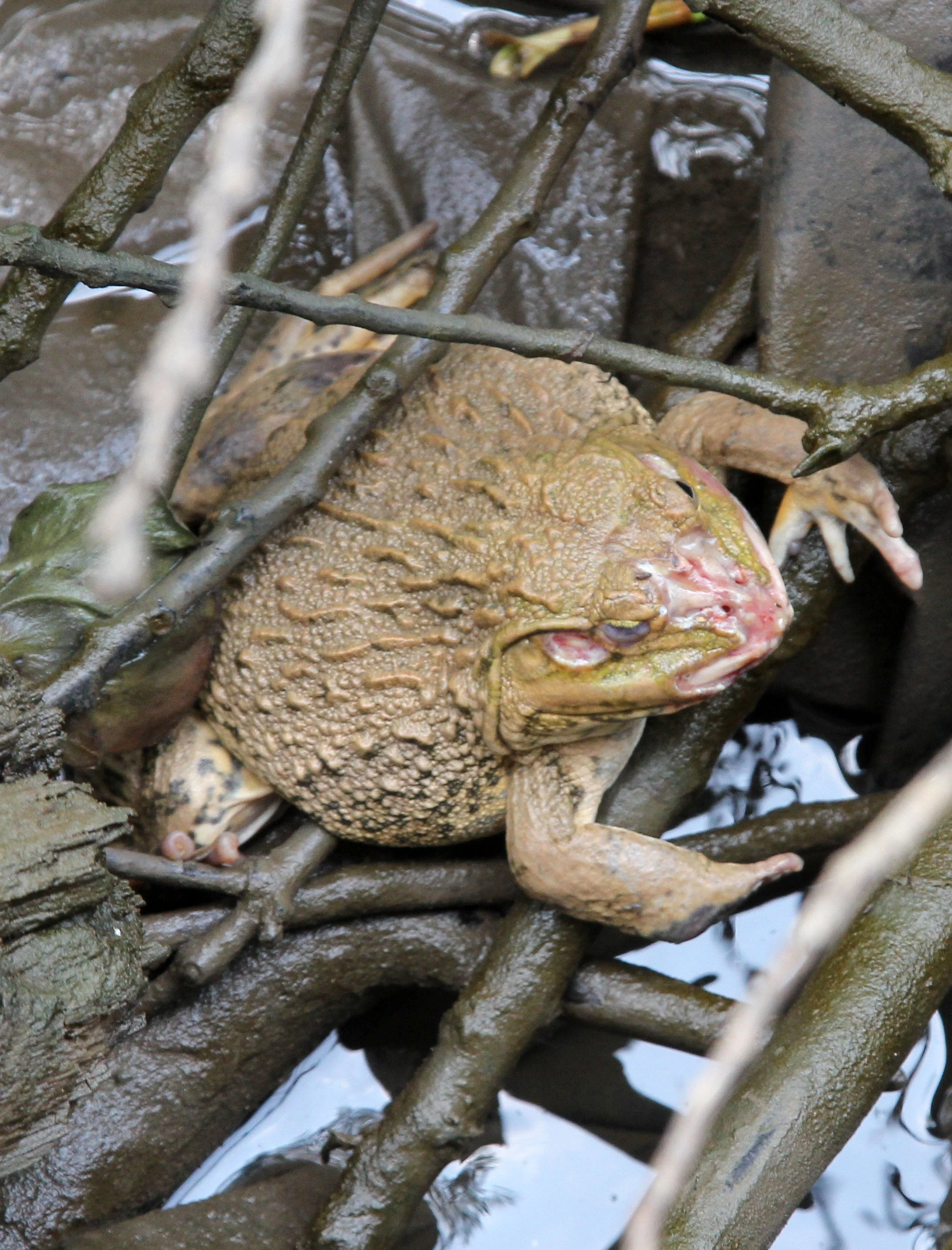
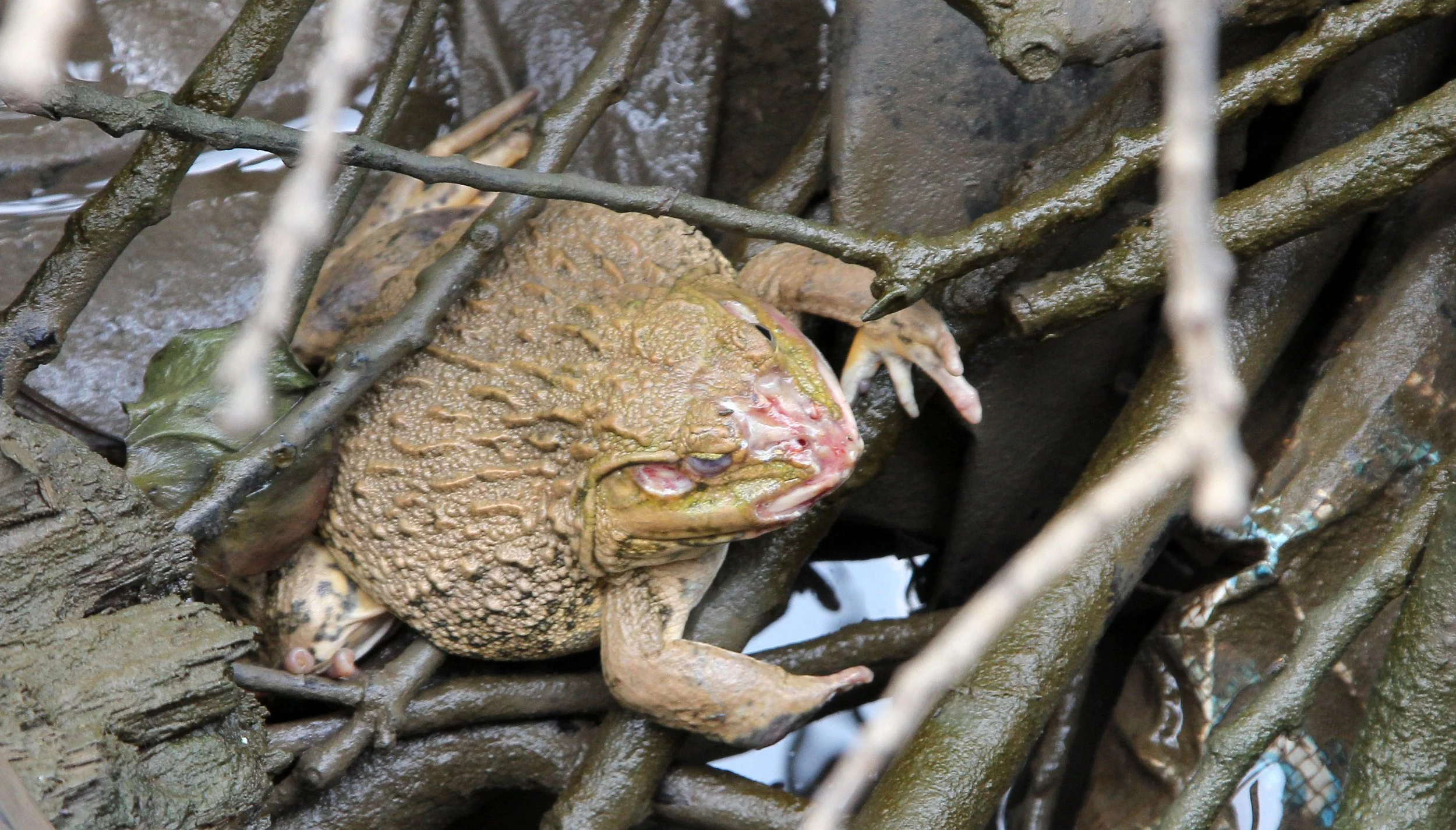
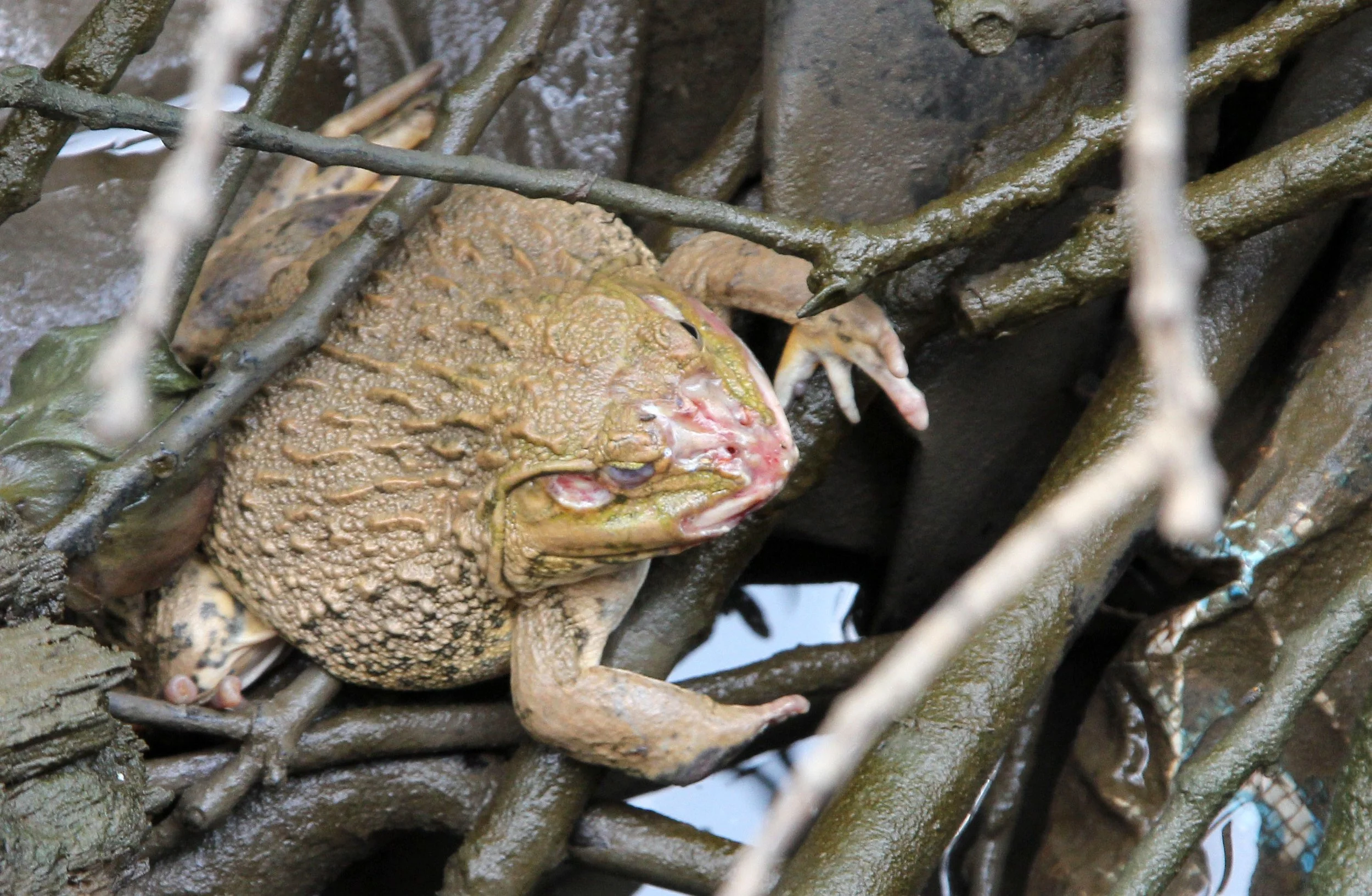



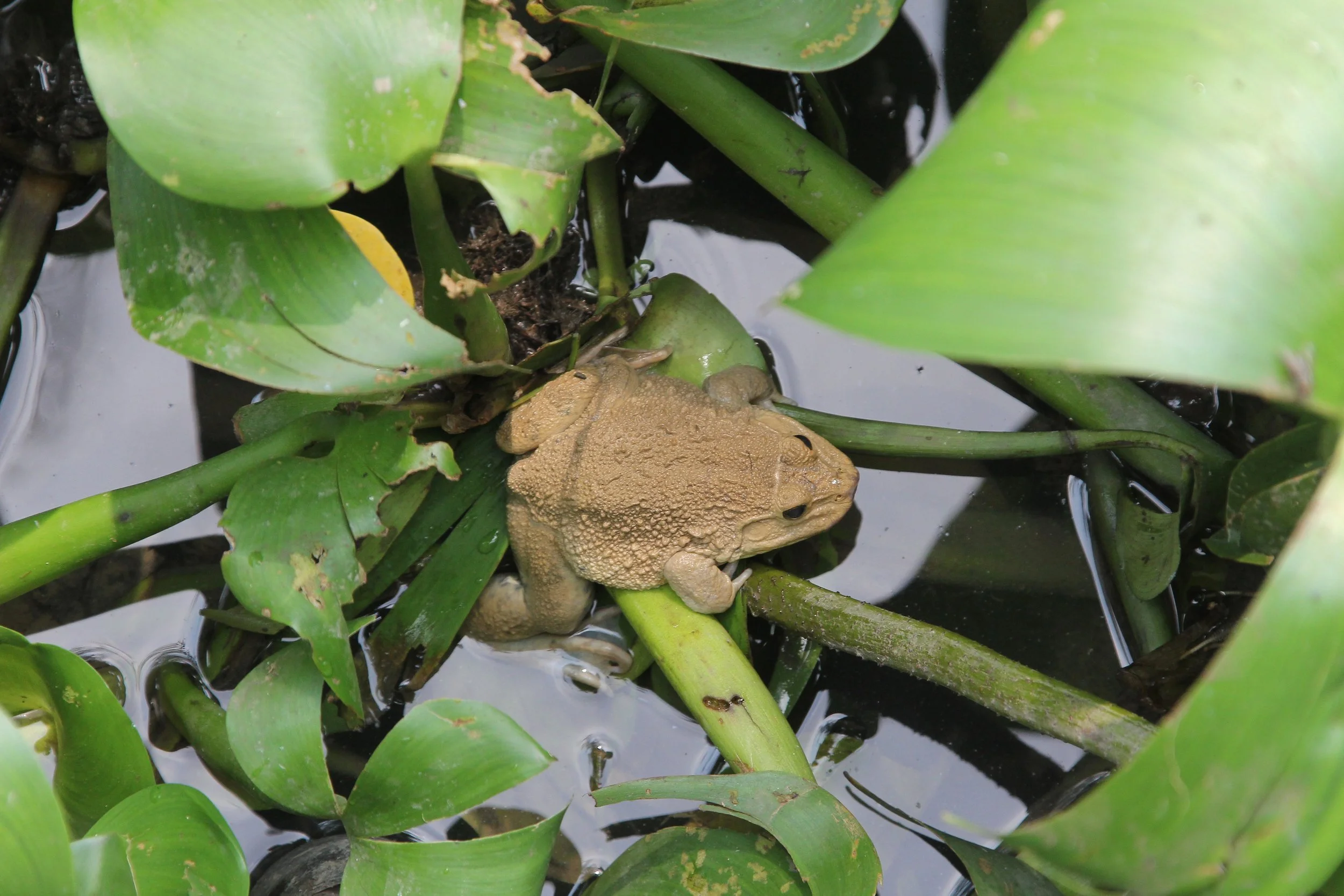
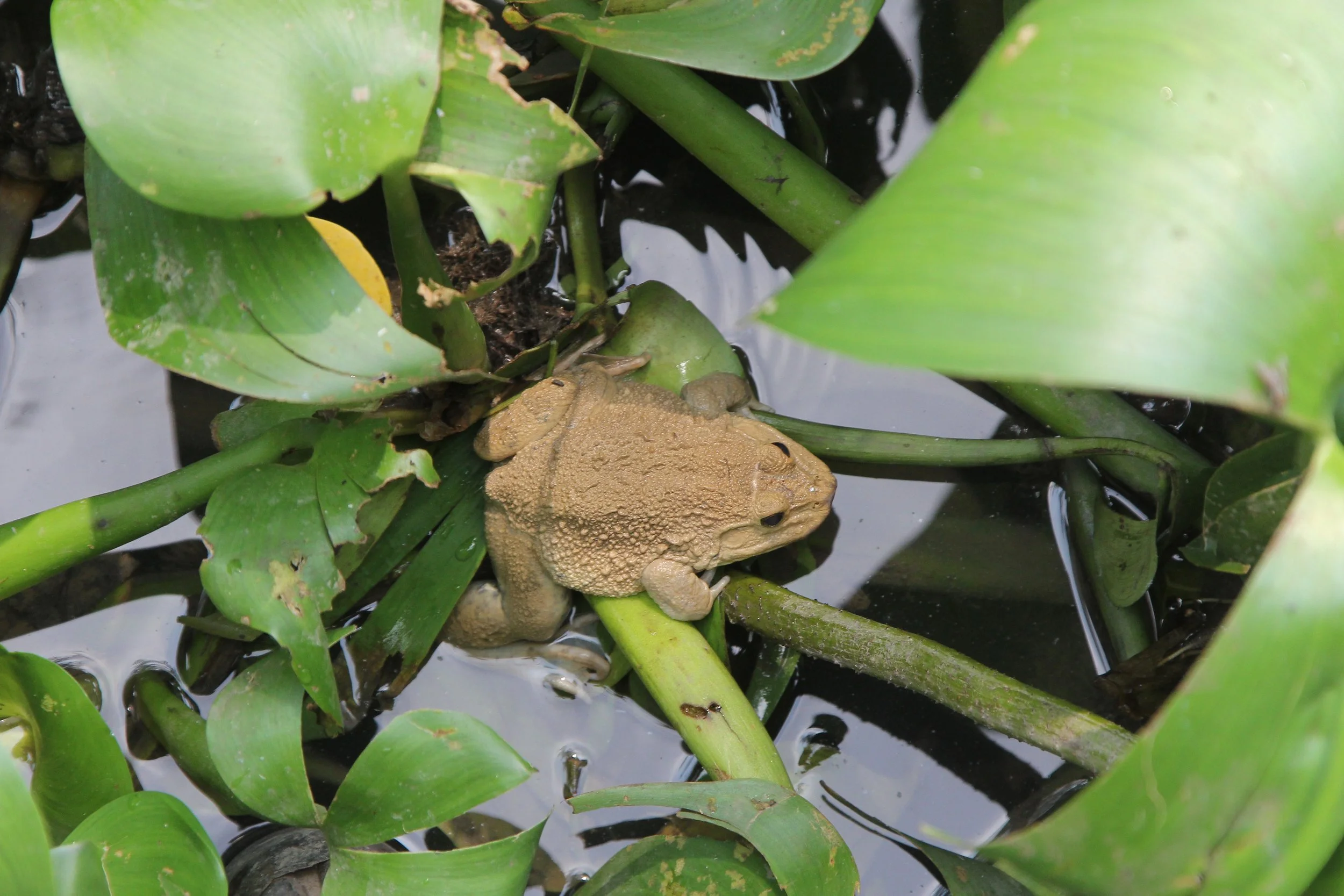









Grass or Rice Field Frog (Fejervarya limnocharis) Koh Lanta Thailand



Frog species - Unidentified - Danum Valley Borneo



Frog species - Unidentified - Tabin Reserve, Borneo



Polypedates leucomystax - Common Tree Frog - Koh Lanta, Thailand


Polypedates leucomystax - Common Tree Frog - Koh Lanta, Thailand

Polypedates leucomystax - Common Tree Frog - Koh Lanta, Thailand

Polypedates leucomystax - Common Tree Frog - Koh Lanta, Thailand

Philautus ingeri - Sharp-nosed Bush Frog - Tabin Reserve, Borneo

Philautus ingeri - Sharp-nosed Bush Frog - Tabin Reserve, Borneo


Rana blythi - Blyth's Frog - Tabin Wildlife Reserve - Borneo




Rhacophorus pardalis - Harlequin Tree Frog - Danum Valley Borneo



Huia cavitytympanum - Hole in the Head Frog - or similar - Kinabatangan River, Borneo
Indonesia

Frog Species 1 - Halimun NP, Java Indonesia




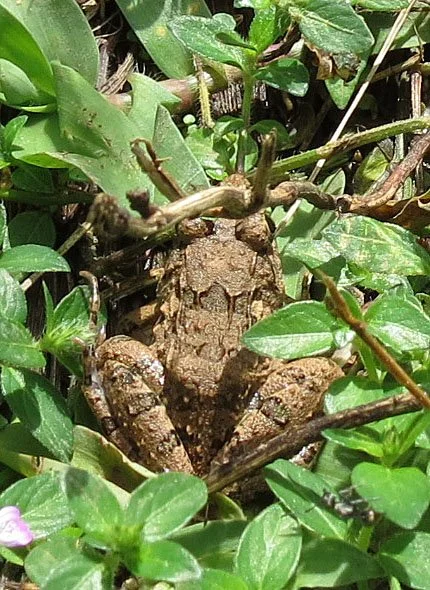

Frog Species 2 - Ujon Kulong, Java Indonesia

Frog Species 3 - Ujon Kulong, Java Indonesia

Sri Lanka

Frog Species 1 - Sri Lanka, Srigiriya
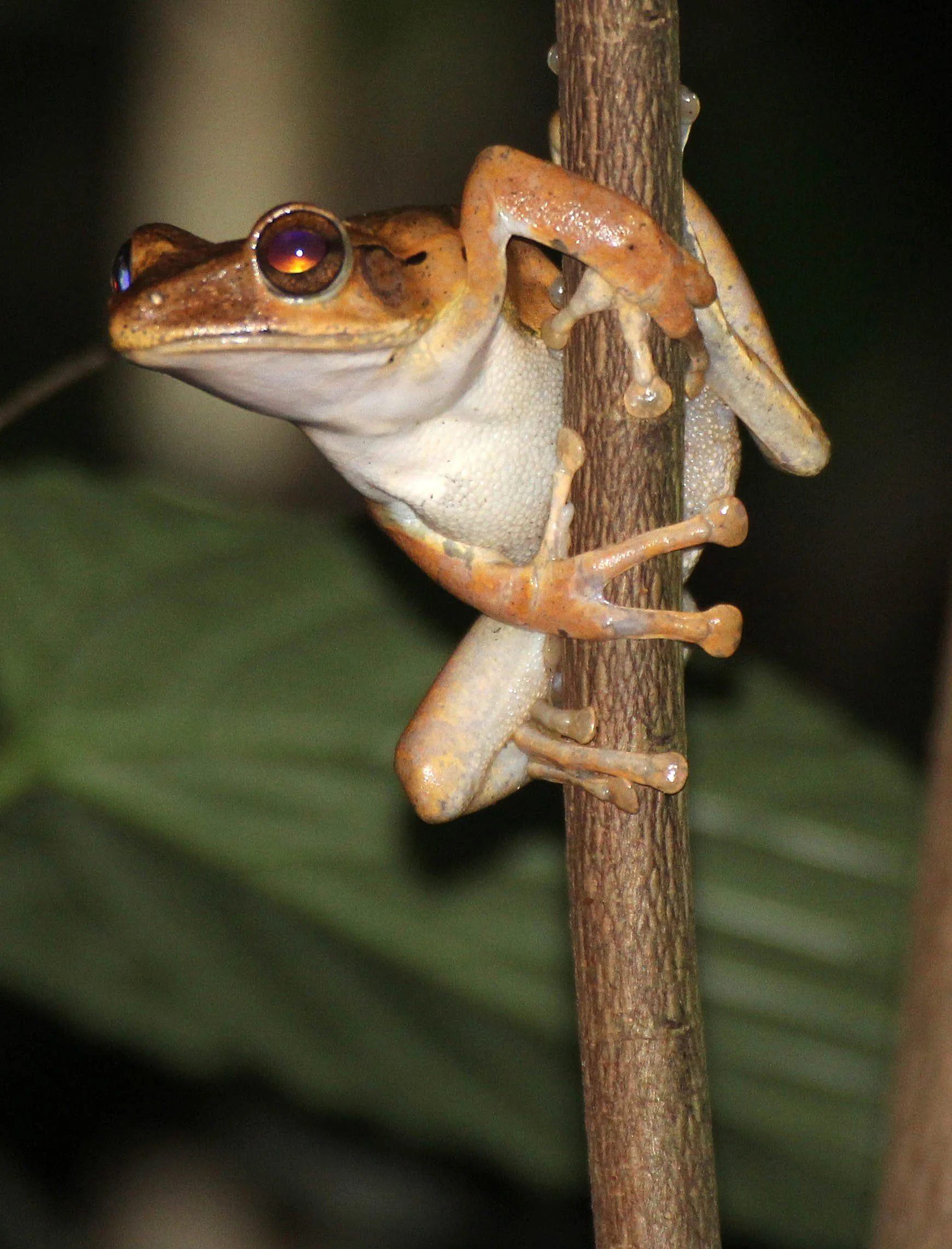

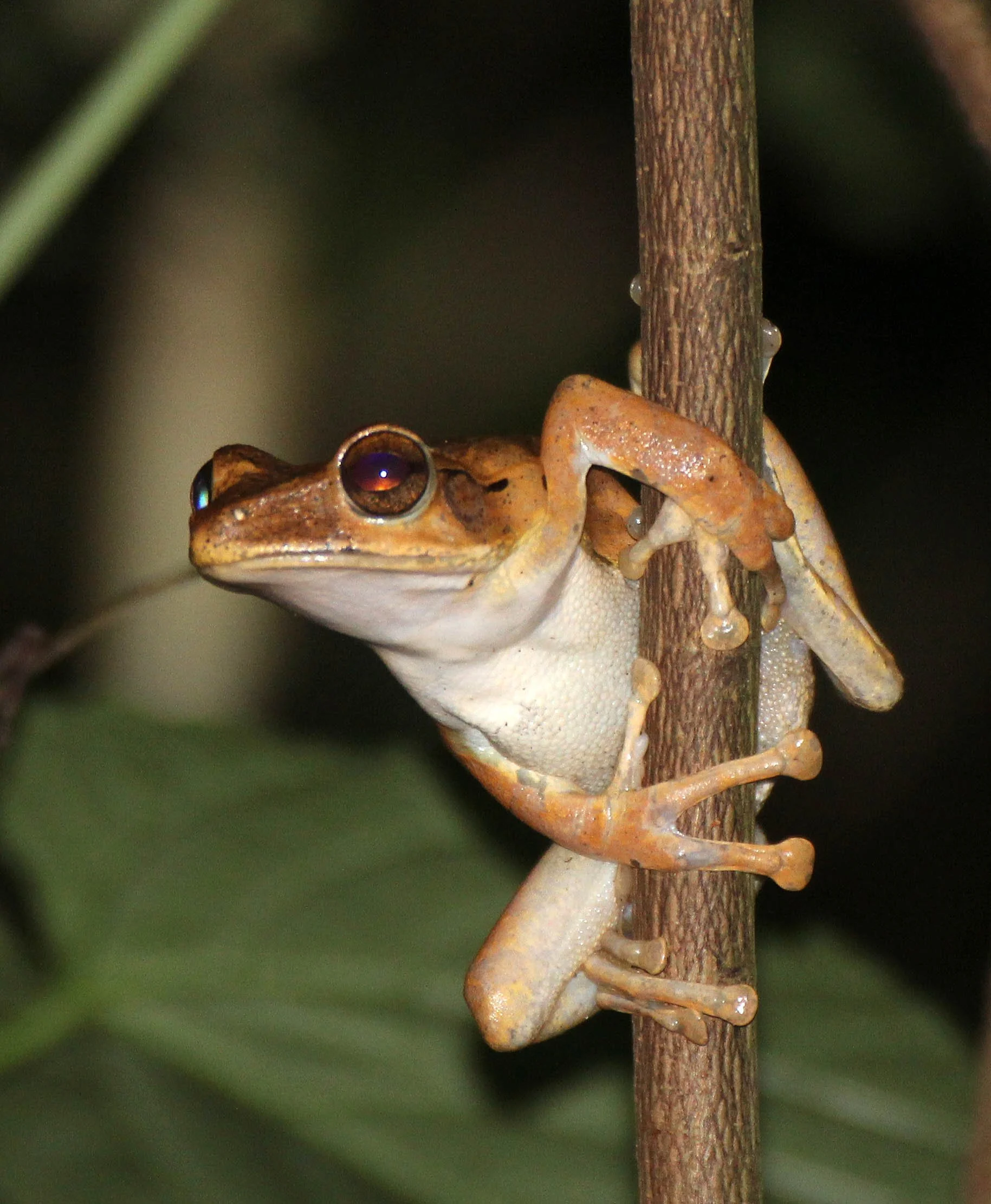





Frog Species 2 - Kitulgala Sri Lanka





Frog Species 3 - Kitulgala Sri Lanka








Toad Species 1 - Kitulgala Sri Lanka


Tuburcle Tree Frog (Pseudophilautus cavirostris) Kitulgala Forest Preserve, Sri Lanka







Tuburcle Tree Frog (Pseudophilautus cavirostris) Kitulgala Forest Preserve, Sri Lanka




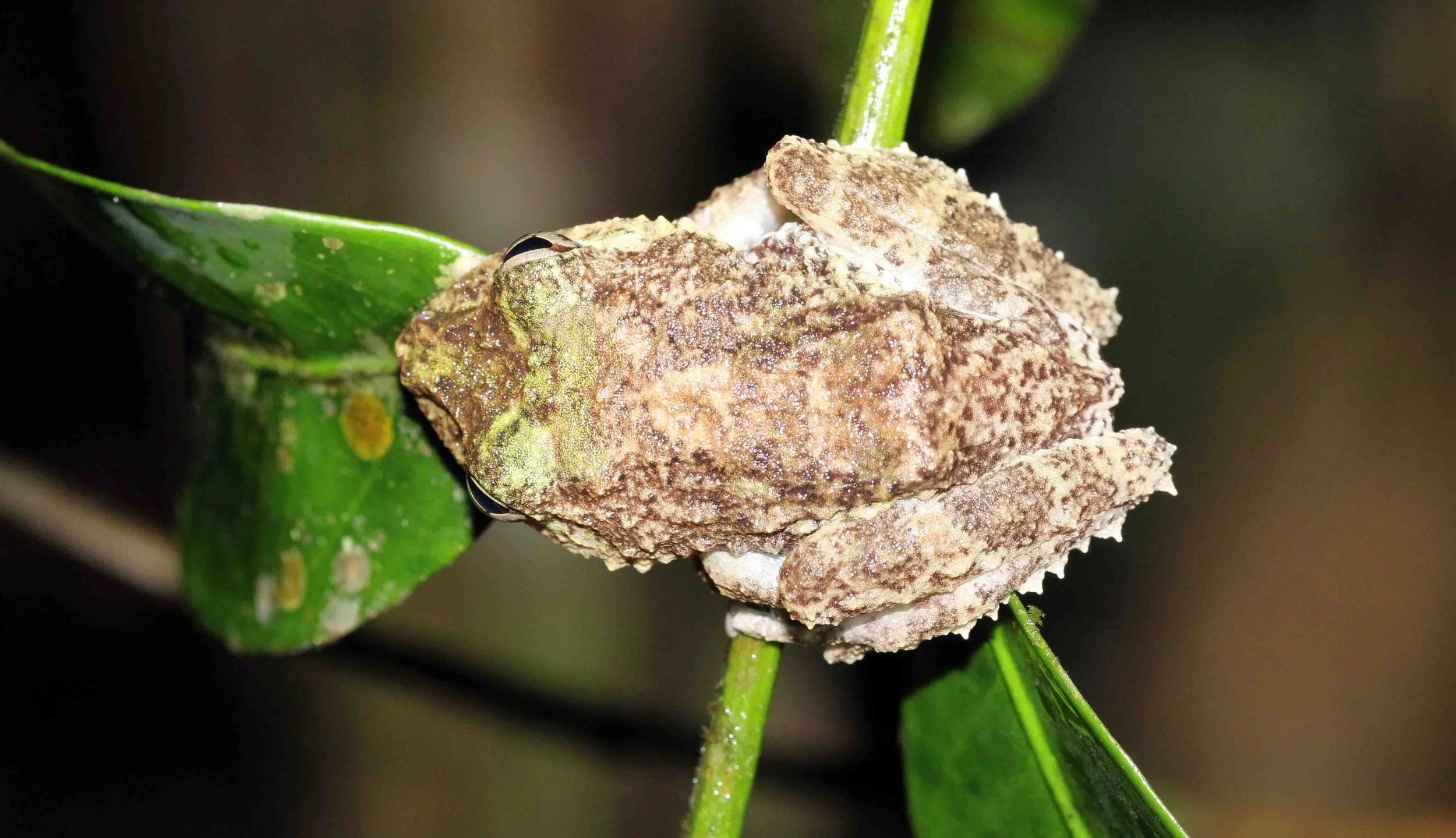




Sri Lankan Rock Frog (Nannophrys ceylonensis) Kitulgala Sri Lanka





North America

Leopard Frog - Pratt Woods Illinois







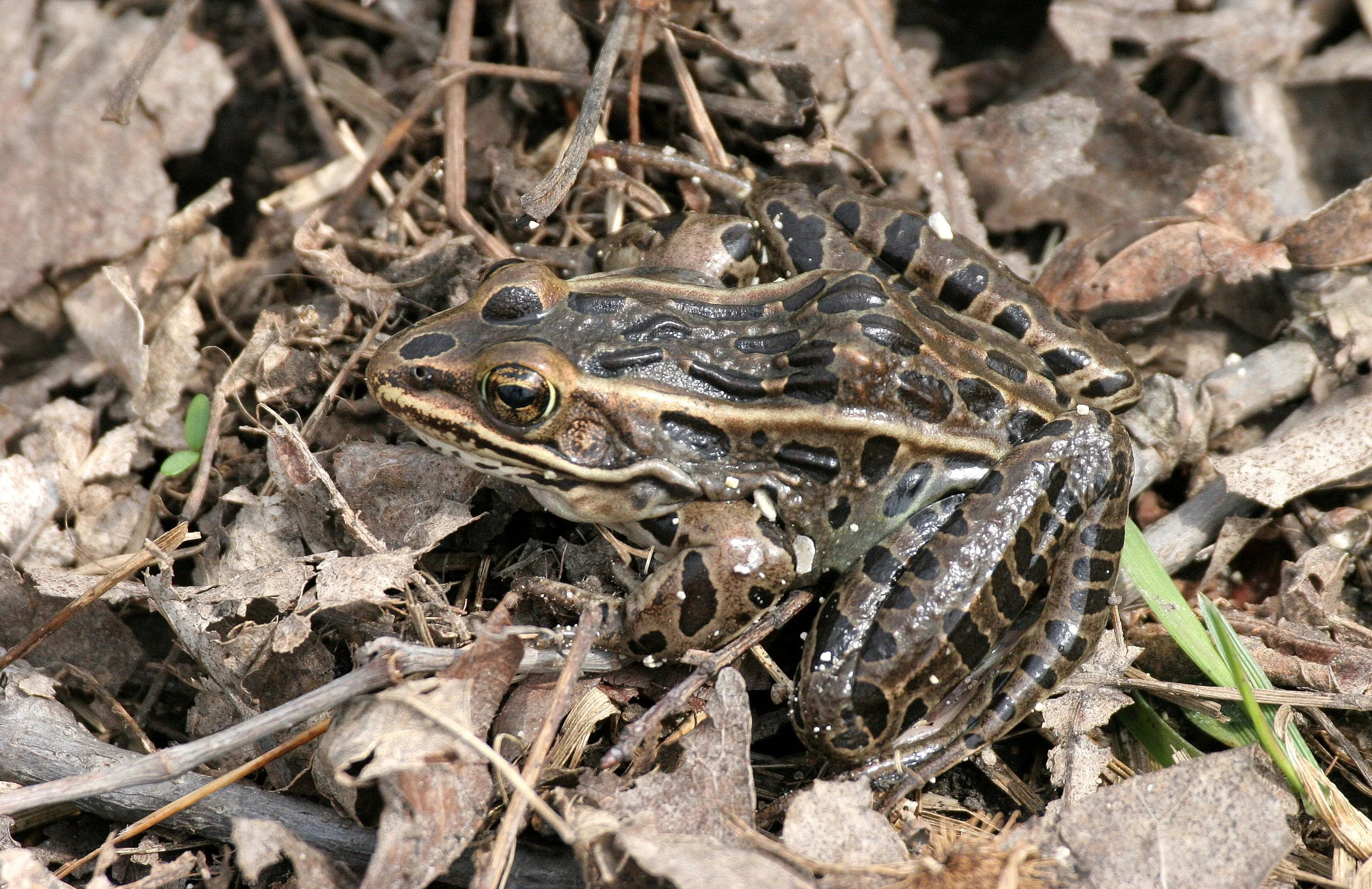

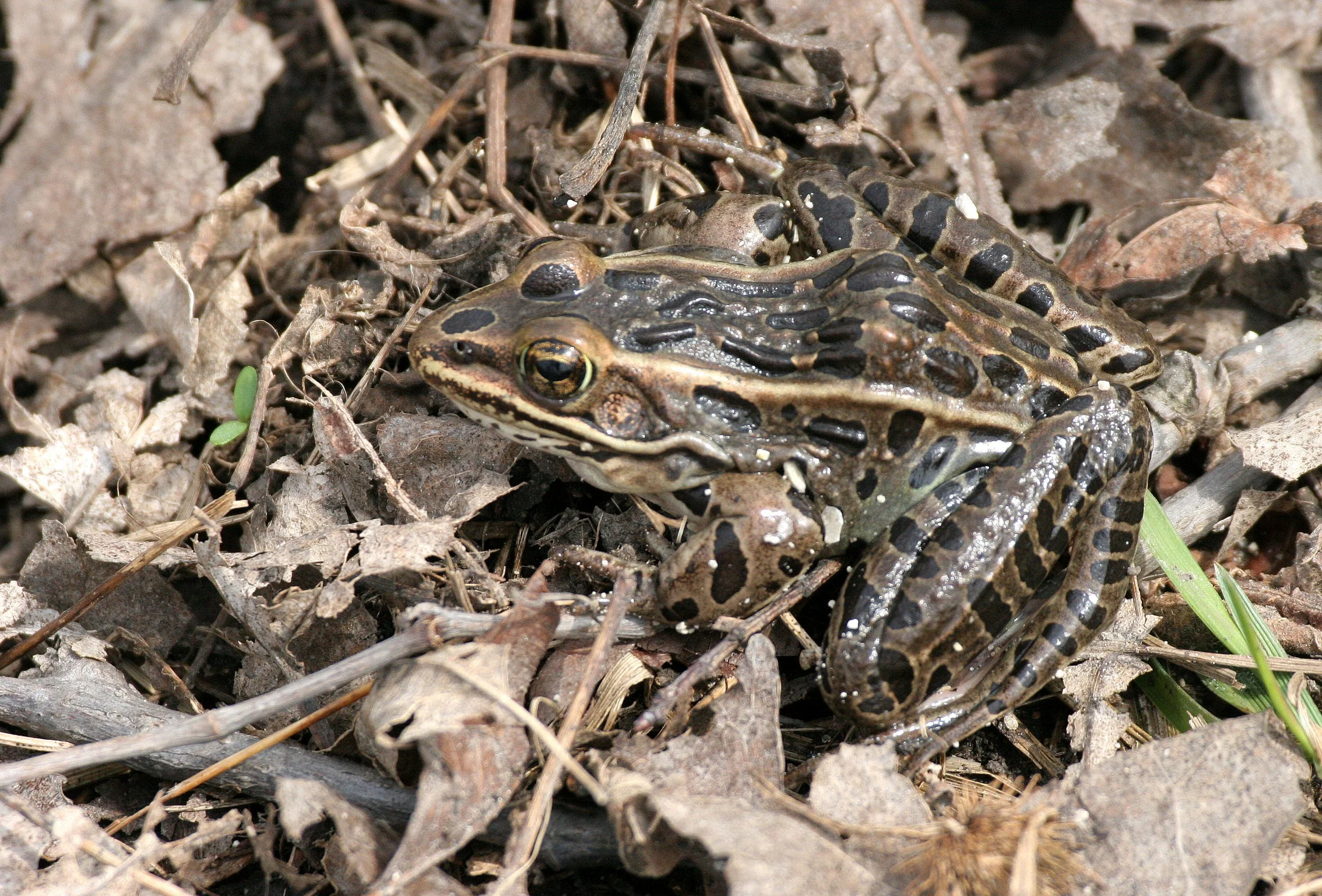





Pacific Tree (Chorus) Frog (Pseudacris regilla) Northwestern USA






Pacific Tree (Chorus) Frog (Pseudacris regilla) Olympic Peninsula, Washington


































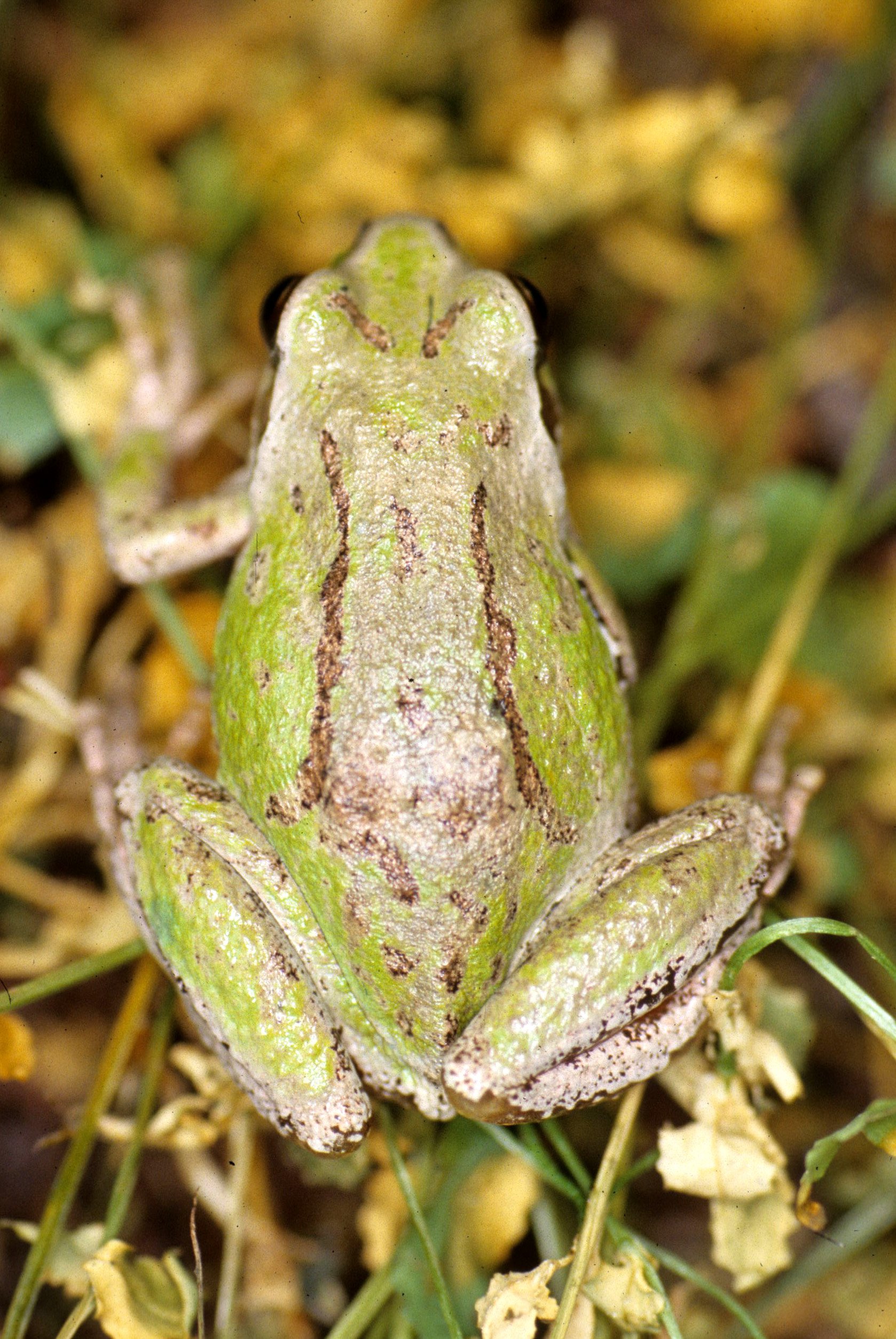






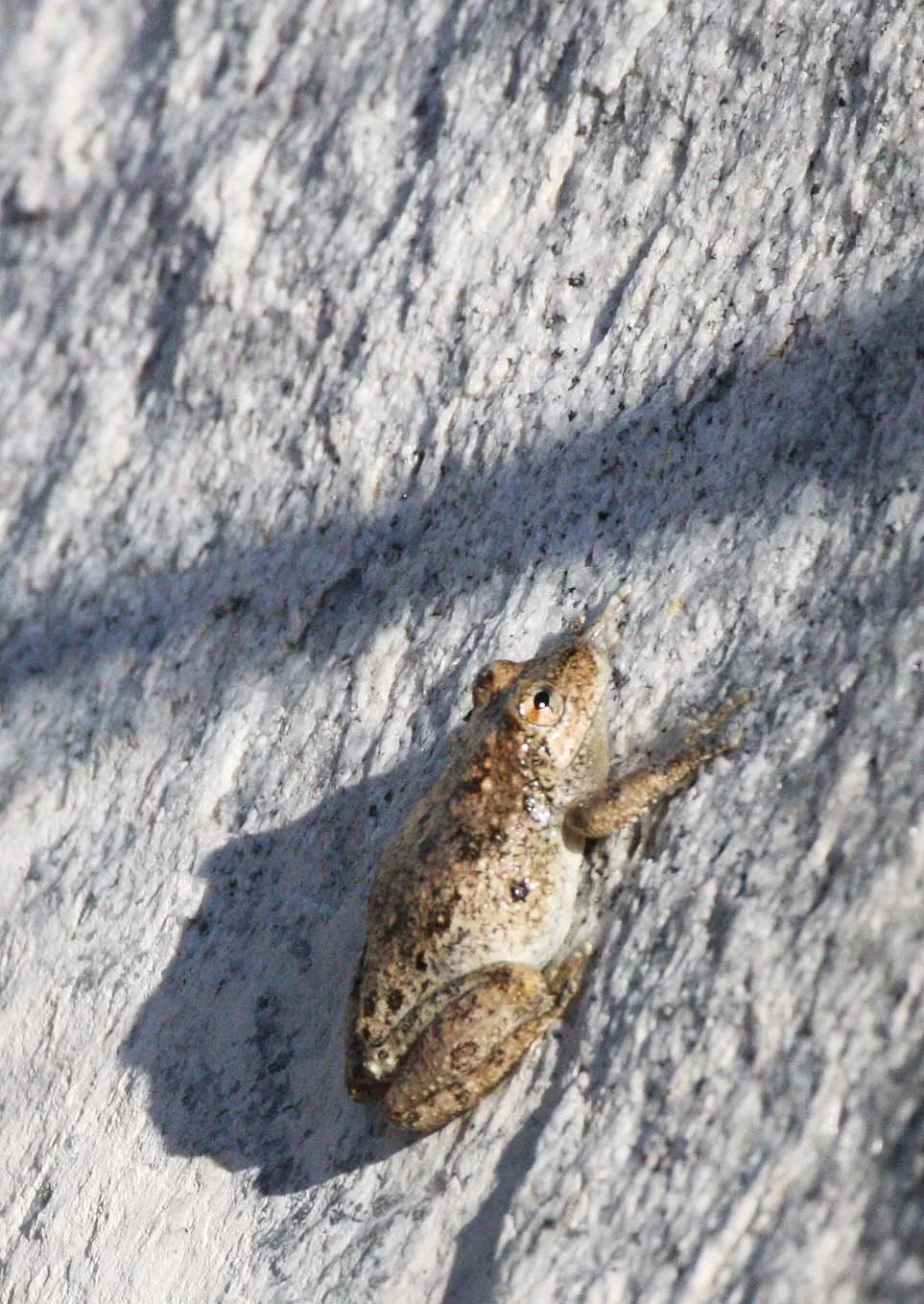
Spadefoot Toad (Scaphiopus species) Baja Mexico















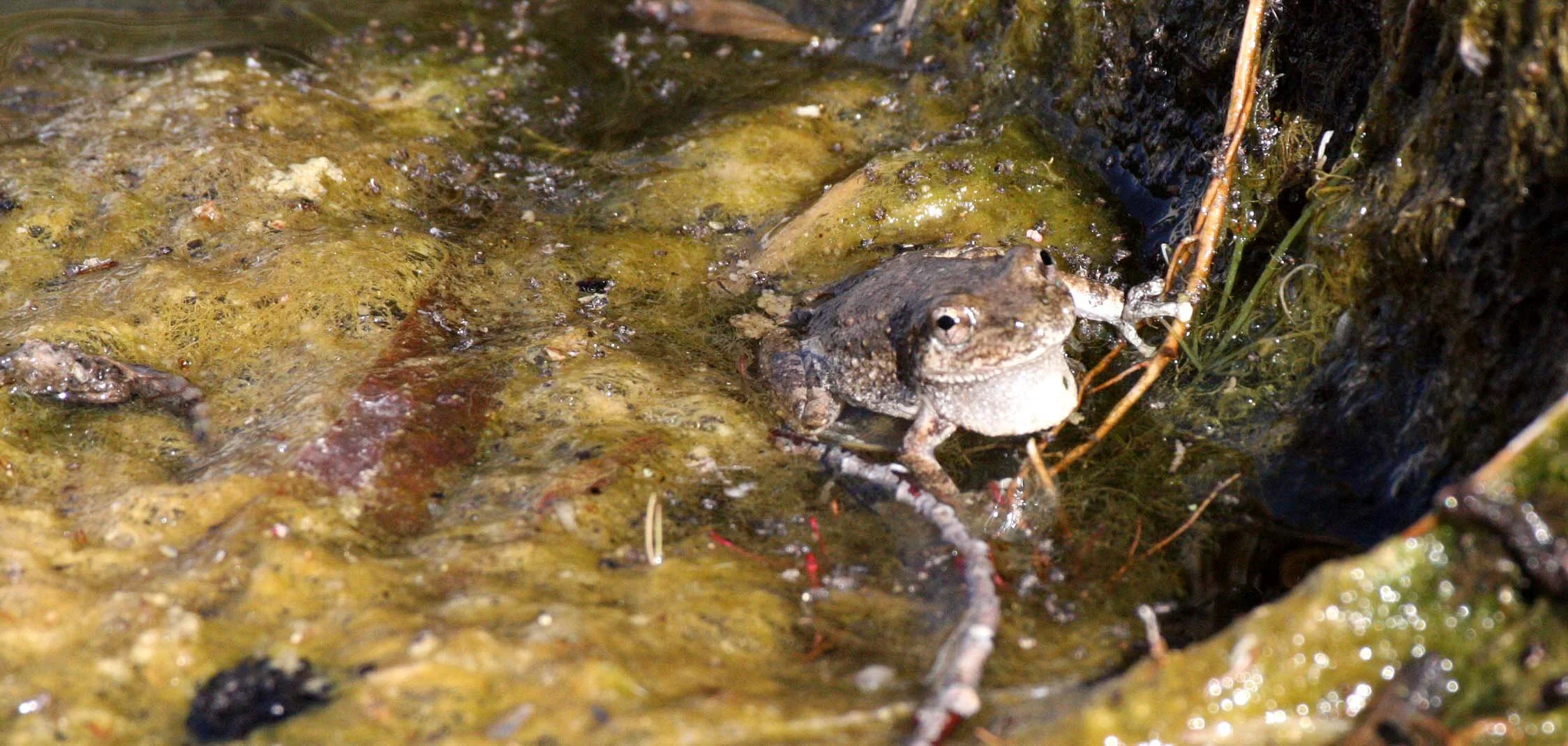







Lowland Leopard Frog (Lithobates yavapaiensis) Sonoran Desert Museum Ponds, Tucson Arizona








Europe

Red Frog - Stelvio NP, Italy




Frog Species - Sened Berber Village, Tunisia

Marsh Frog (Rana rubibunda) Tunisia





Tundra Frog - Needs Identification - Dovrefjeld Norway
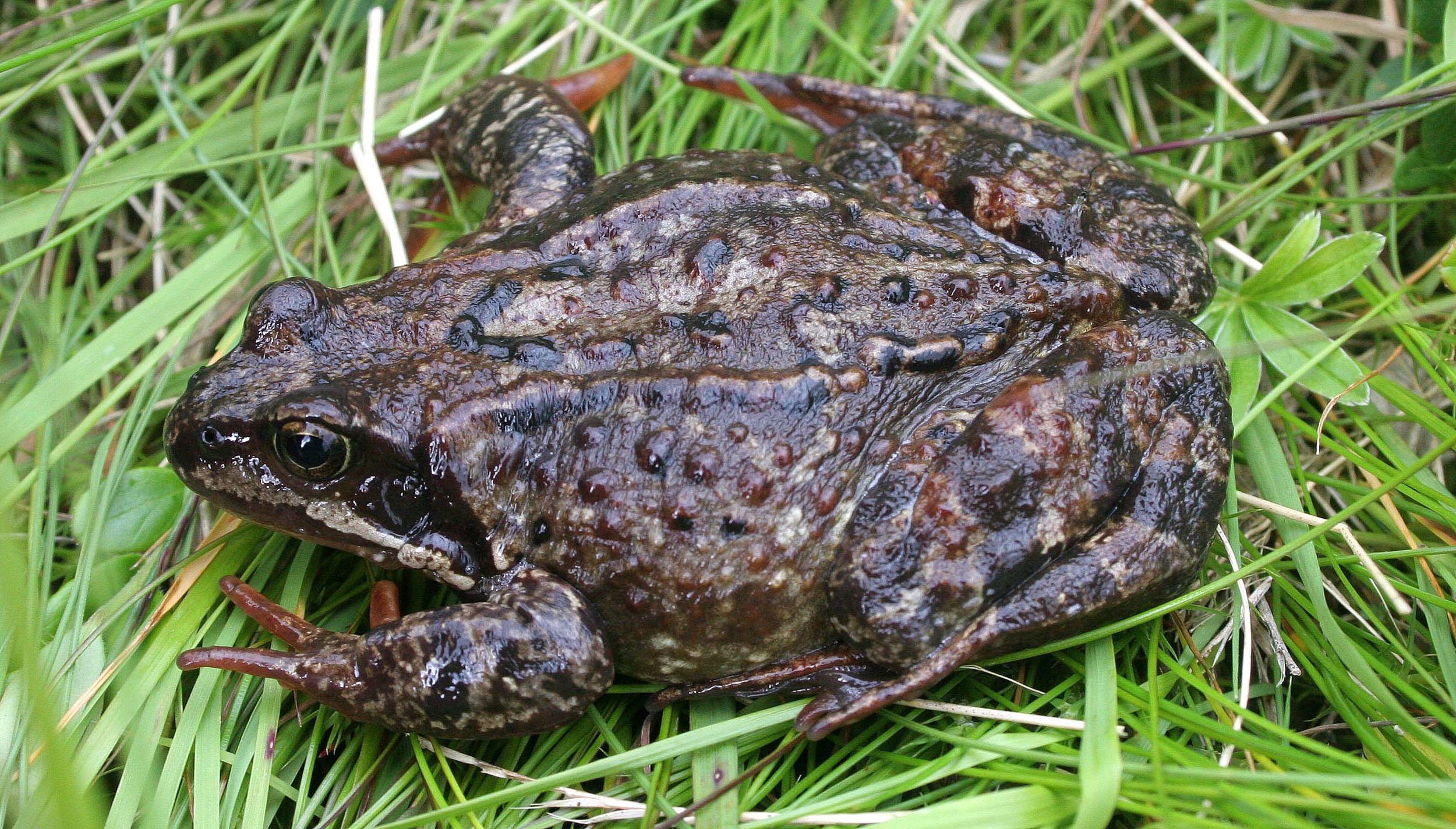





Russia & China

Oriental Fire-bellied Toad (Bombina orientalis) Primorye, Russia



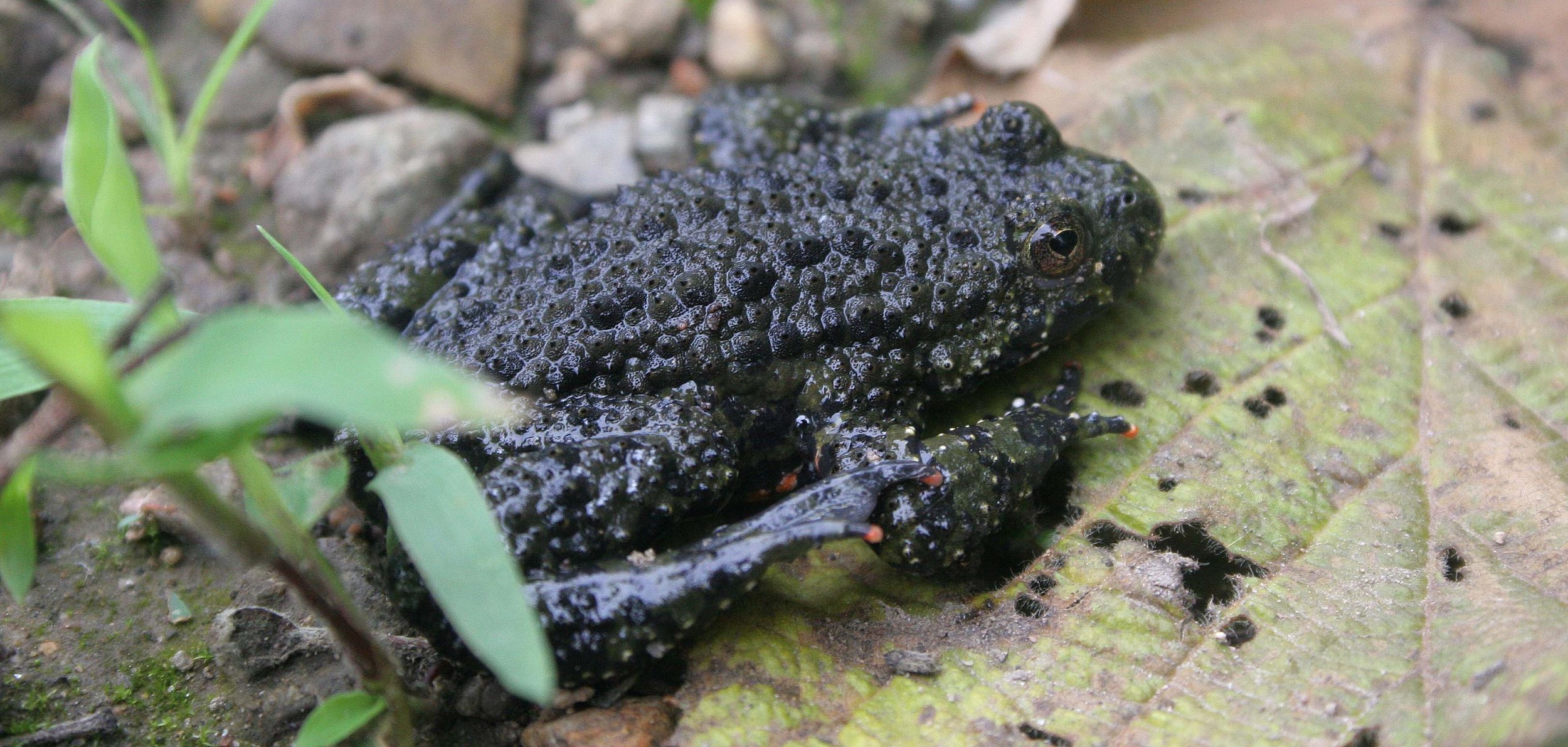





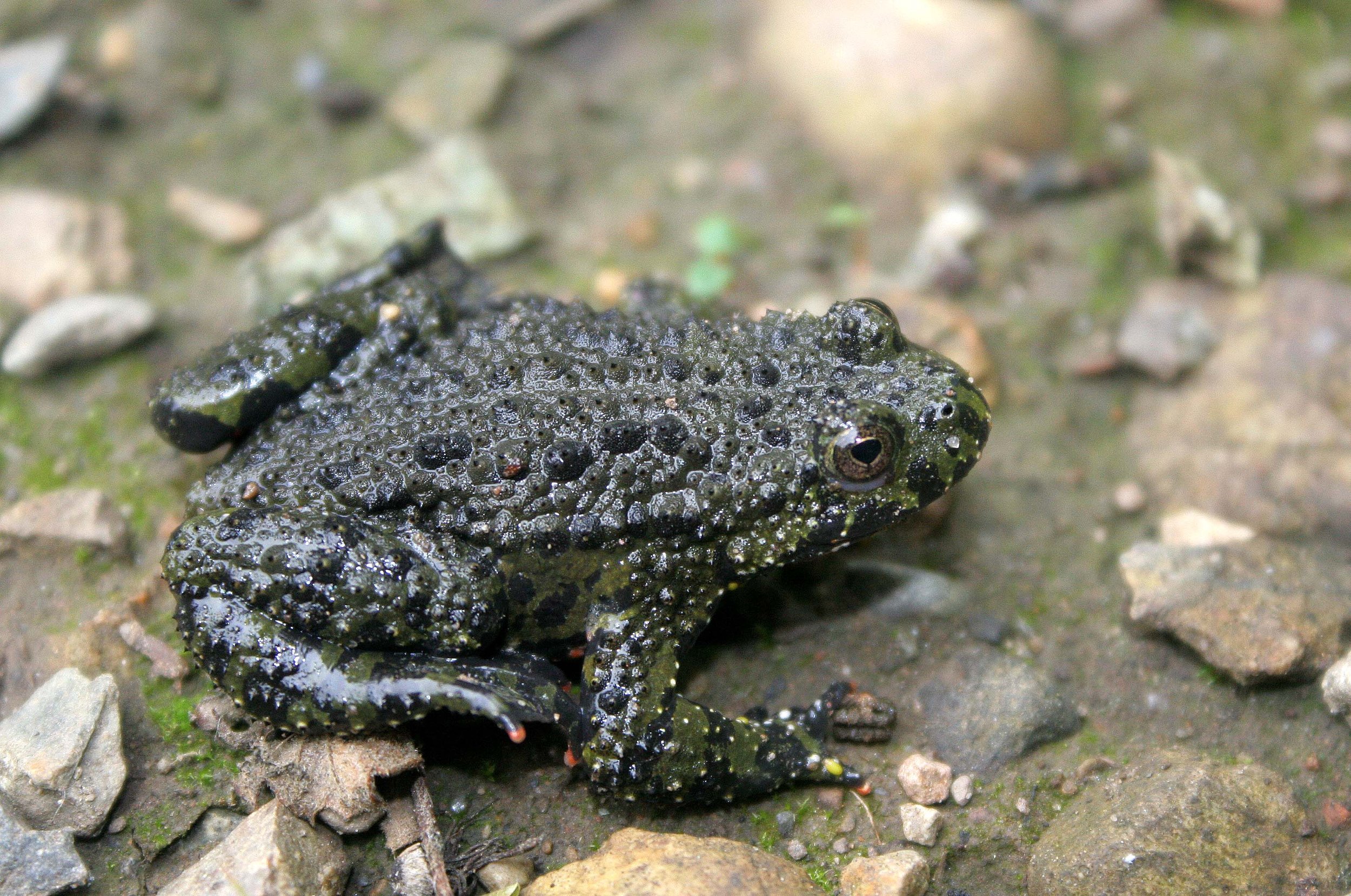




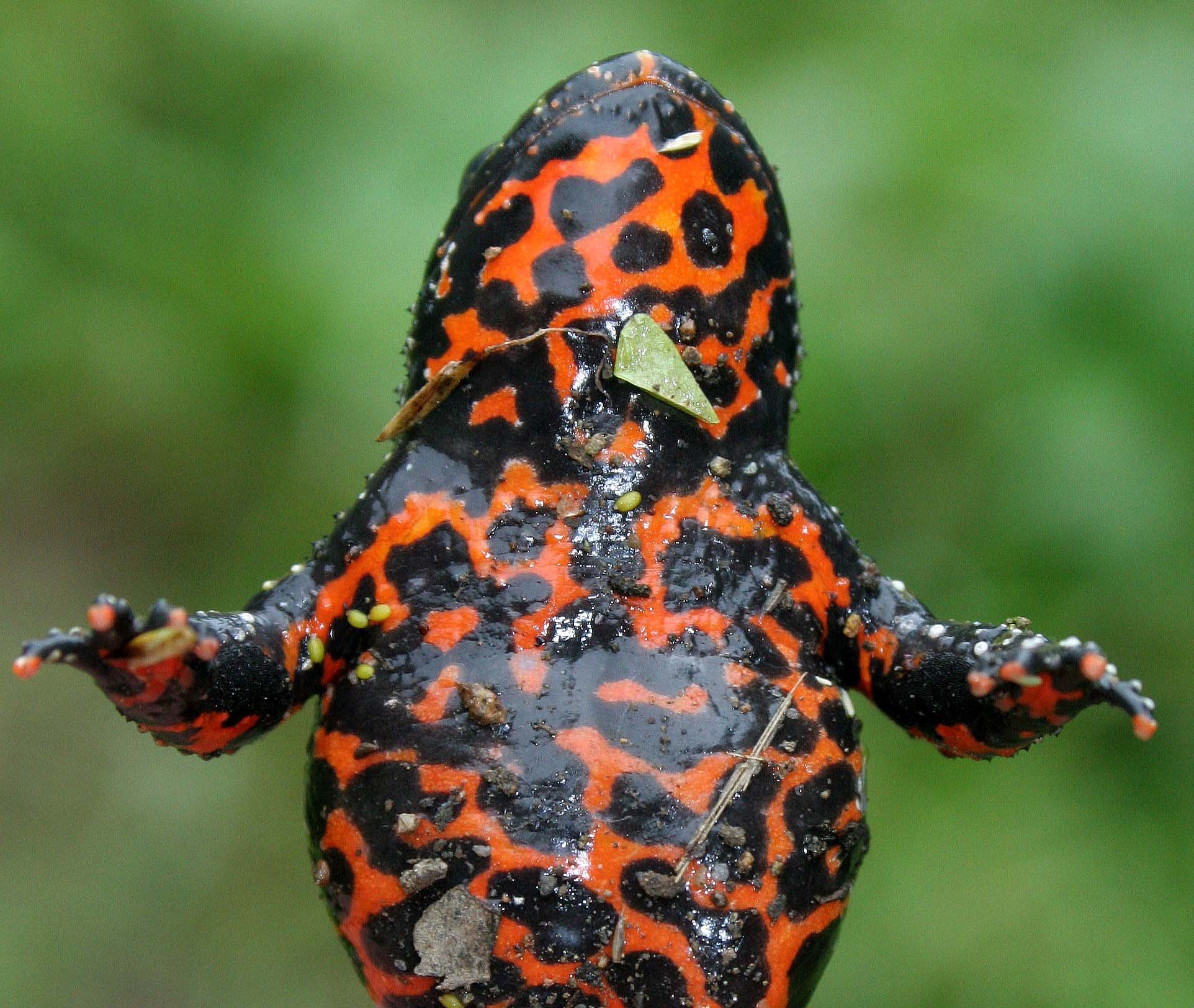




Unidentified Frog 1 - Primorye Russia



Unidentified Frog 2 - Primorye Russia

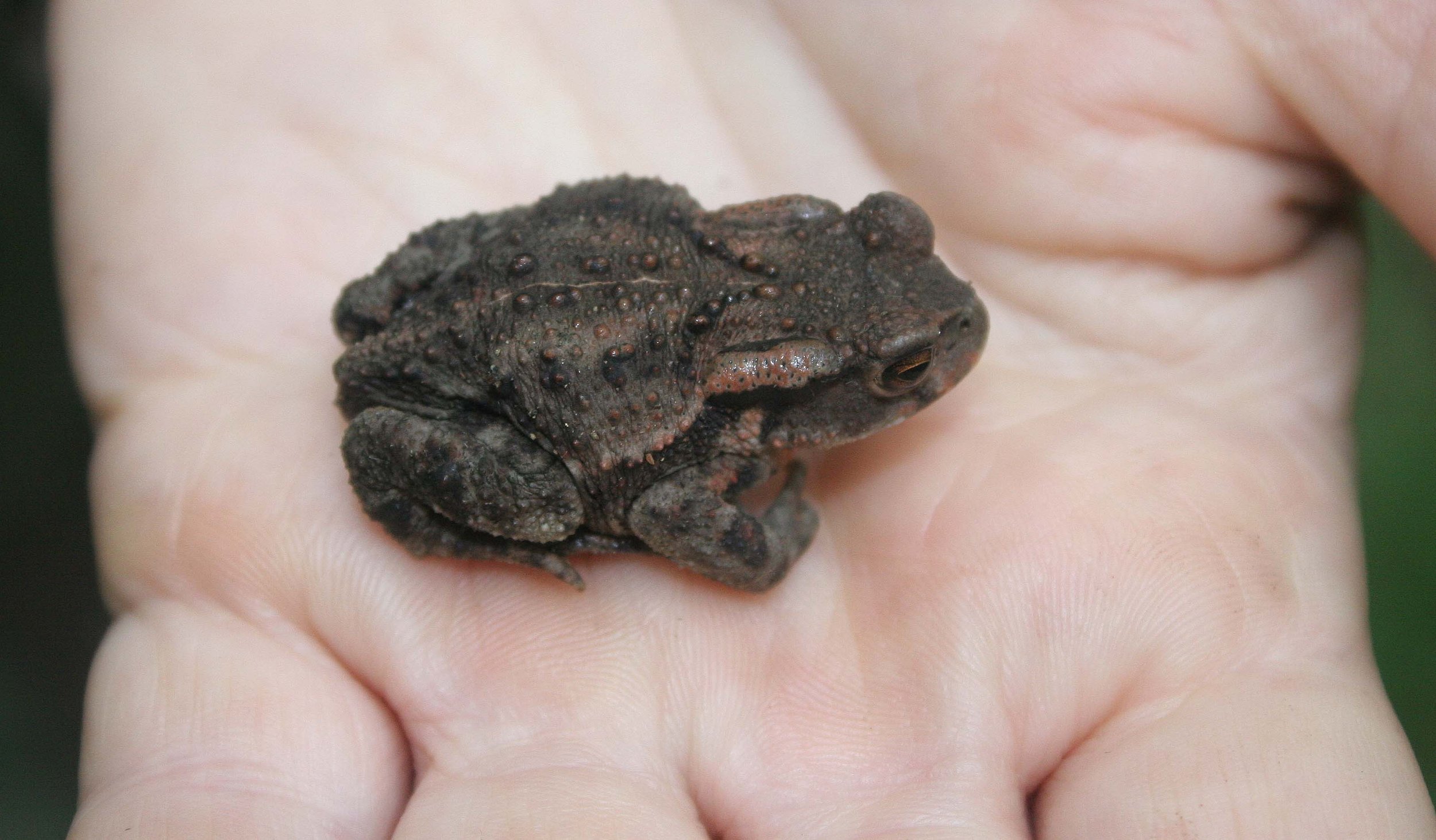
Unidentified Frog 2 - Primorye Russia

Unidentified Frog 3 - Primorye Russia


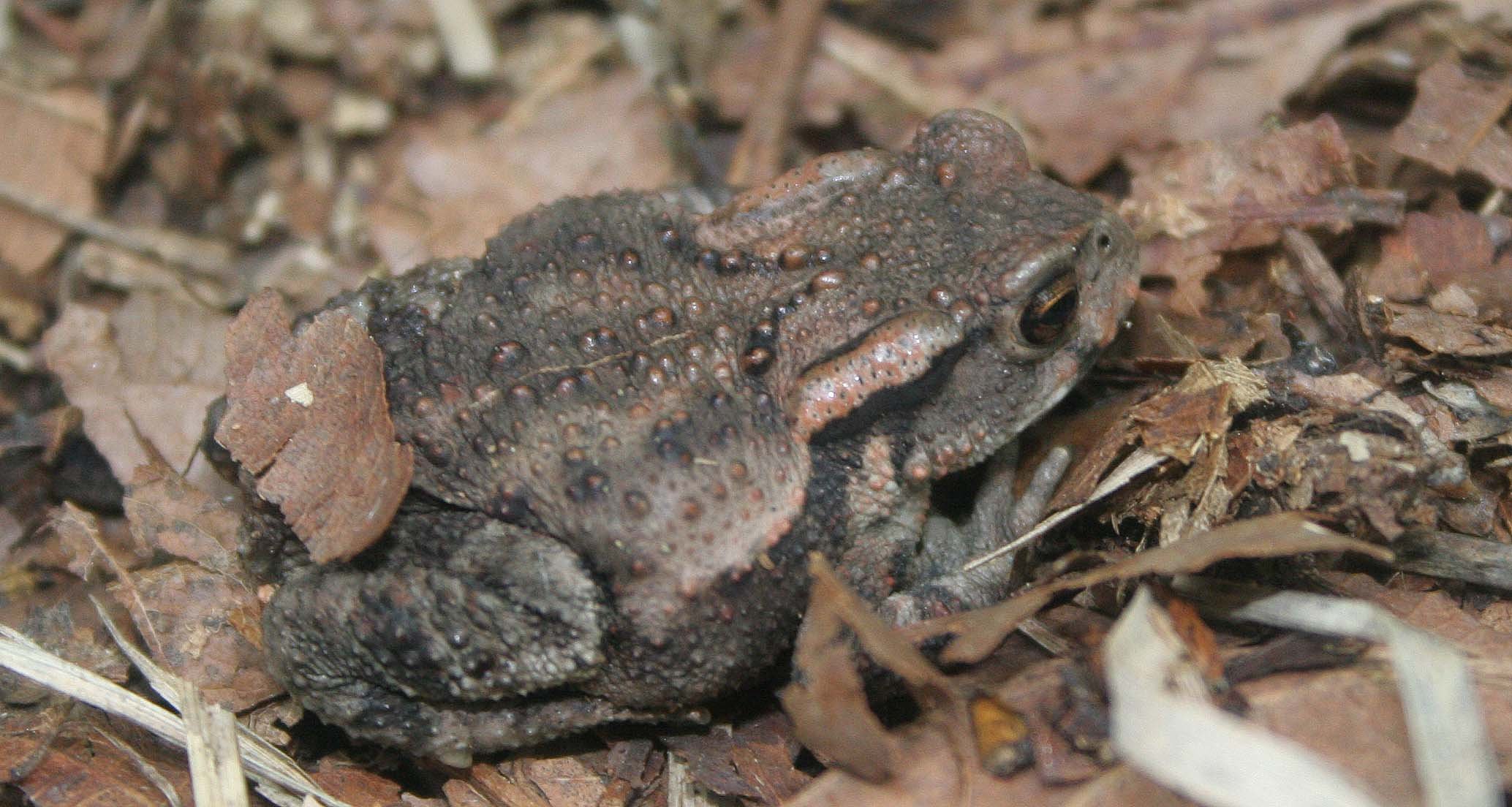


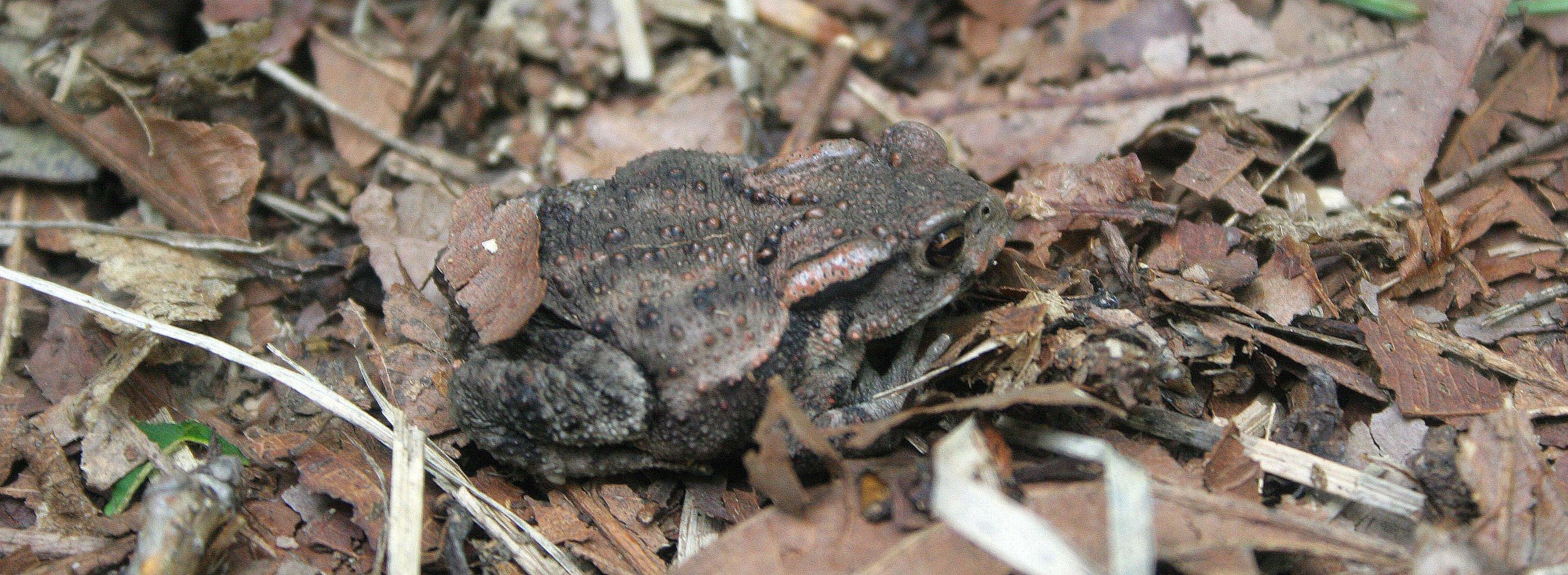



Unidentified Frog 4 - Primorye Russia


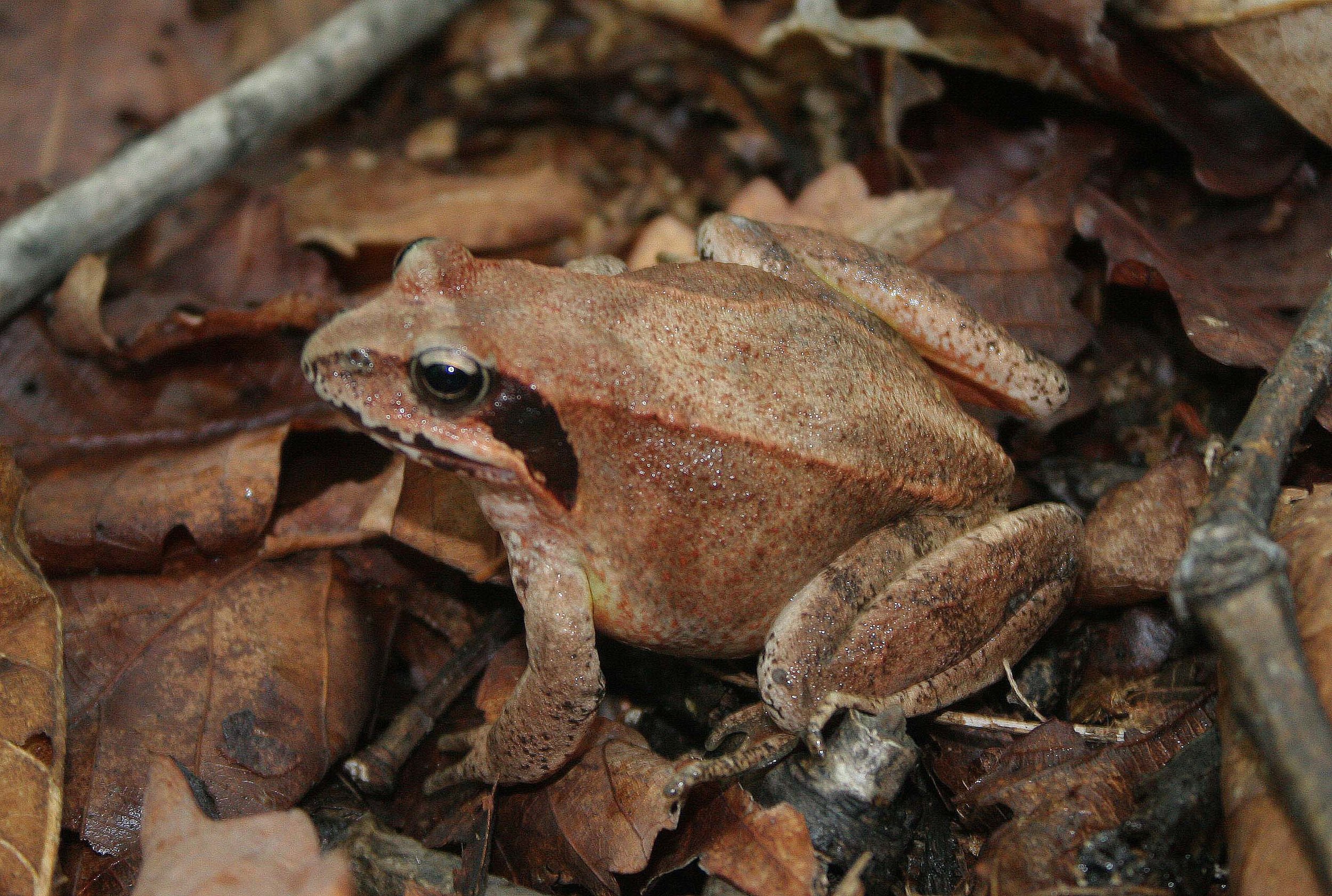


Unidentified Frog 5 - Primorye Russia












Leptolalax alpinus - Wuliangshan Reserve, Yunnan China







Unidentified Species 1 - Wawu Geopark, Shichuan


Rana species - Poyang Lake, China


Bufo species - Rudong, China





South America

Leptodactylus luctator (Butter frog)- Santa Teresa area Espirito Santo State






Fritiziana mitus - Marsupial Tree Frog - Carlos Botelho State Park, Sao Paulo State Brazil







Scinax perereca - Nazare Paulista, Sao Paulo State, Brazil




















Pantanal Toad - Needs ID - Pantanal, 1994




Poison Arrow Frog - Needs Identification - Panama, 1998








Unidentified Frog - Santa Rosa, Costa Rica, 1995


Unidentified Frog - Manu Peru
Africa
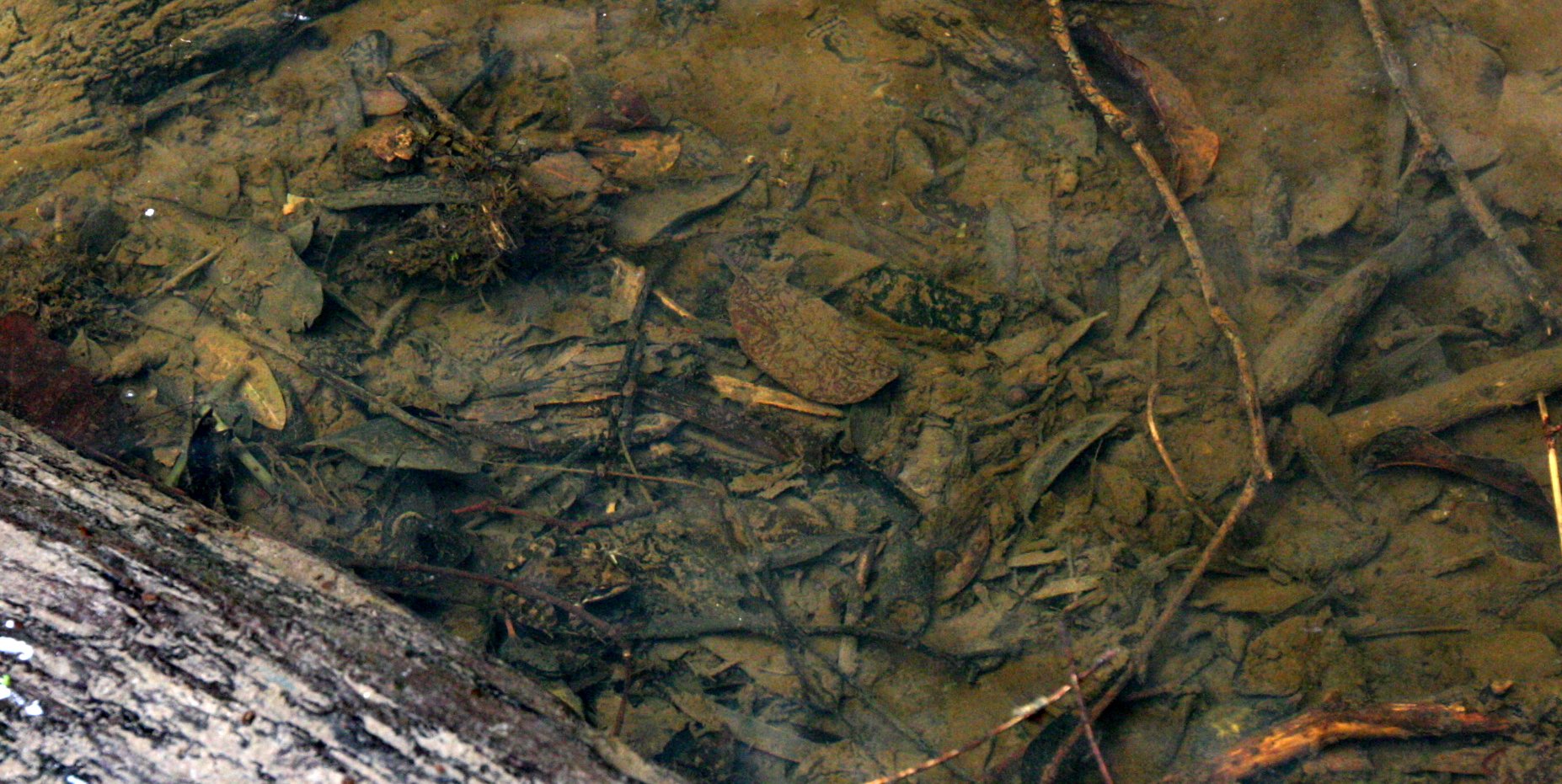
Frog Species 1 - Tsitsikama South Africa

Frog Species - Okavango Delta, Botswana
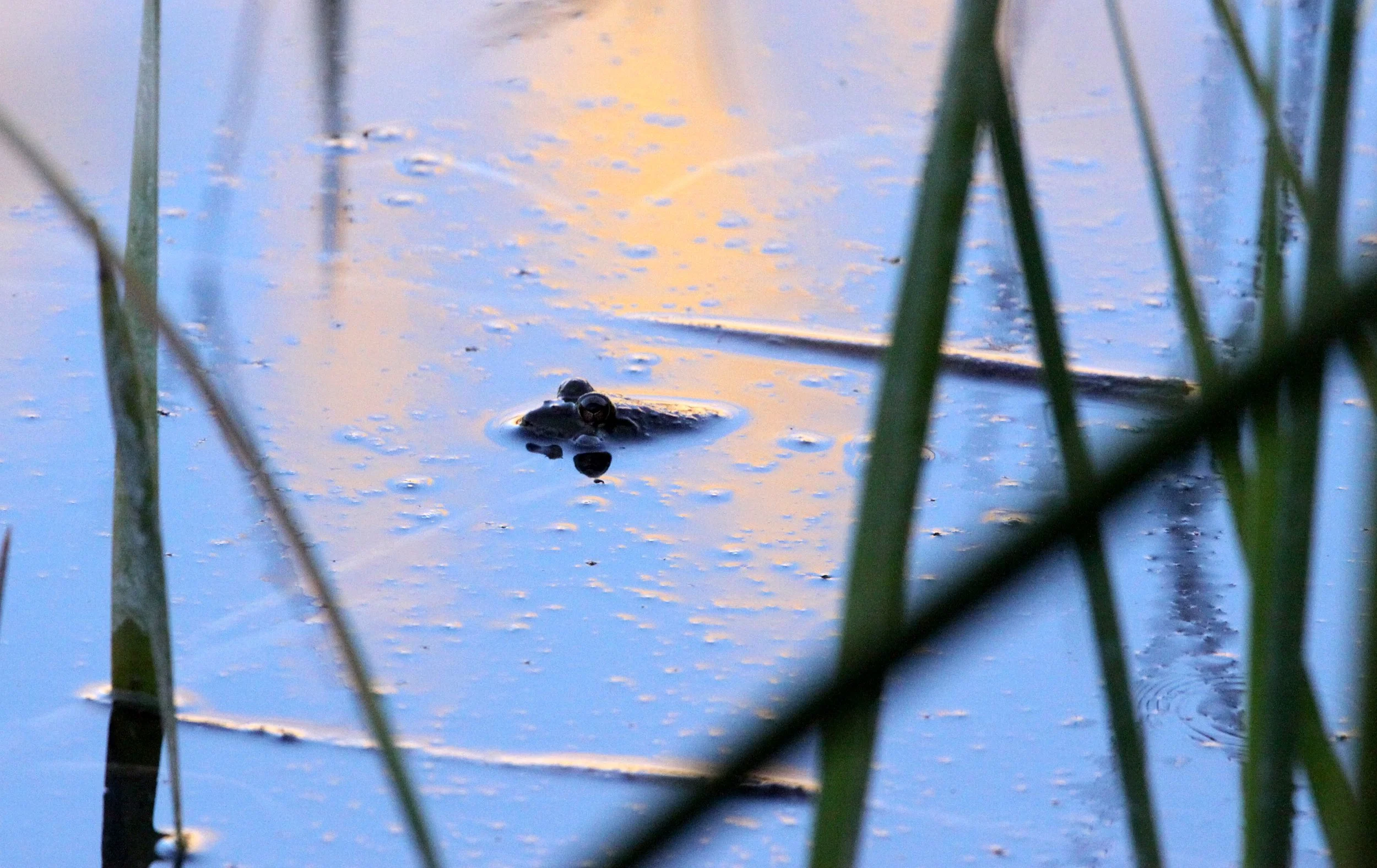


Frog Species - Okavango Delta, Botswana




Frog Species 2 - Uganda 1992



Frog Species 3 - Uganda 1992

Frog Species 4 - Uganda 1992

Frog Species 5 - Uganda 1992
Australia

White-lipped Tree Frog (Litoria infrafrenata) Daintree Rainforest Australia





